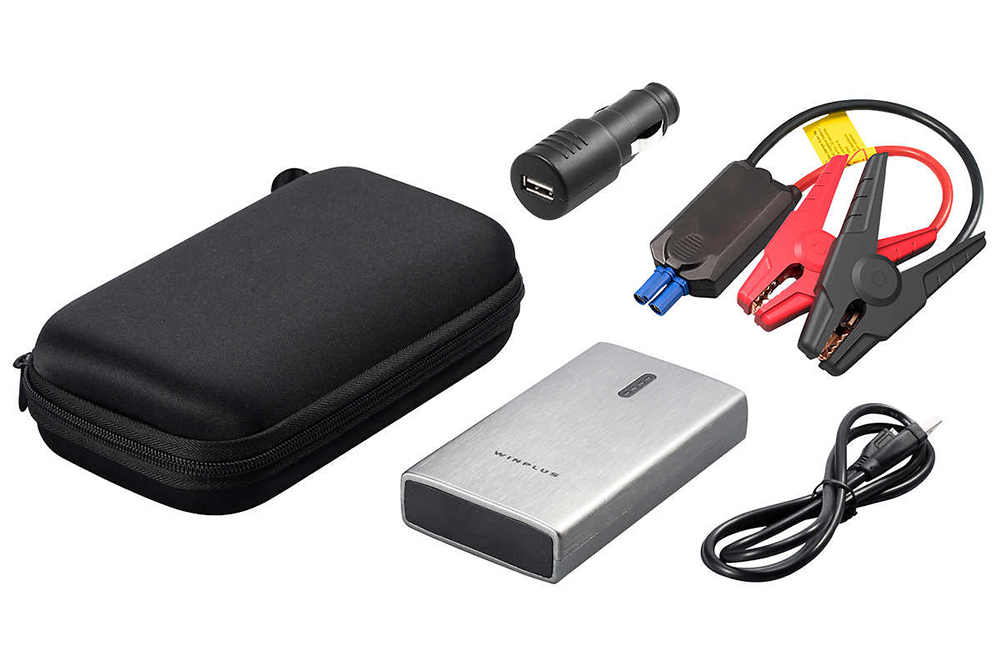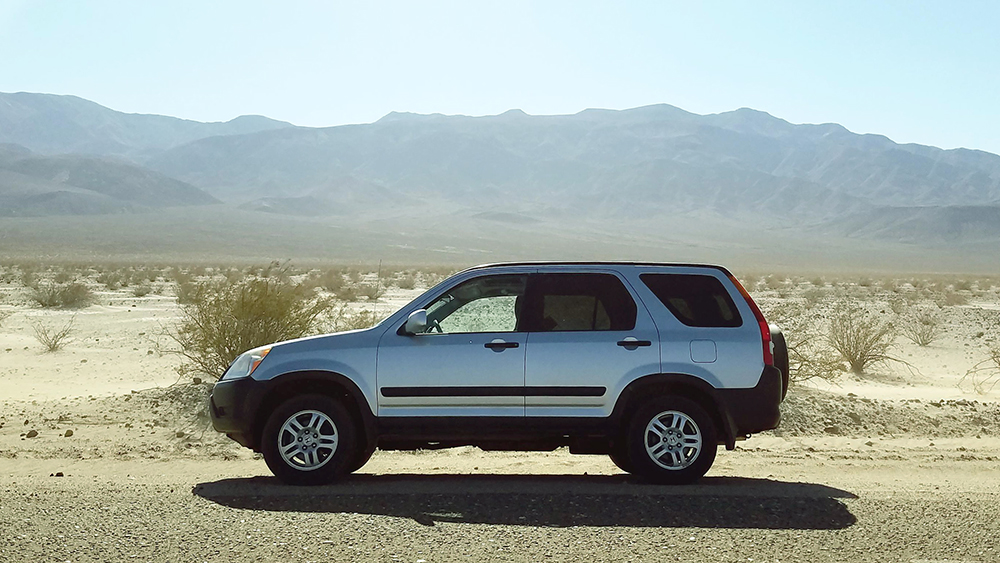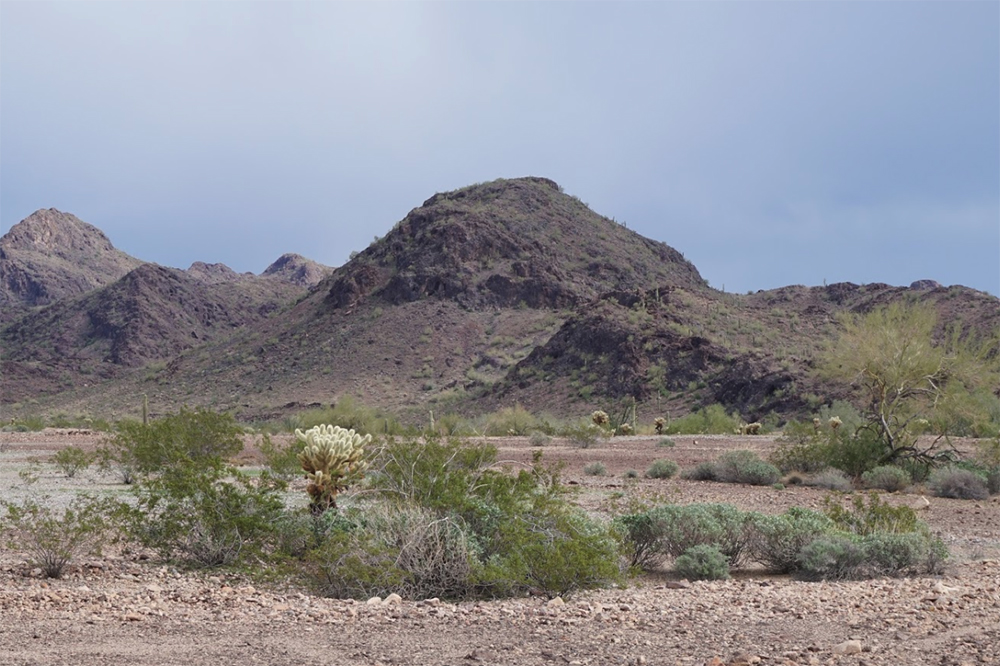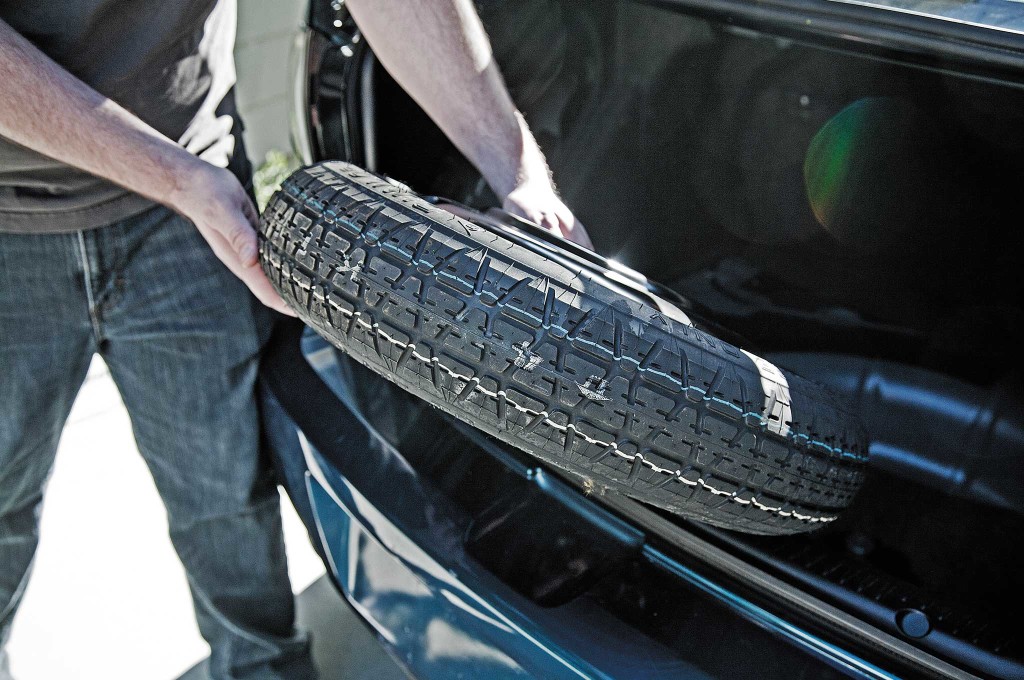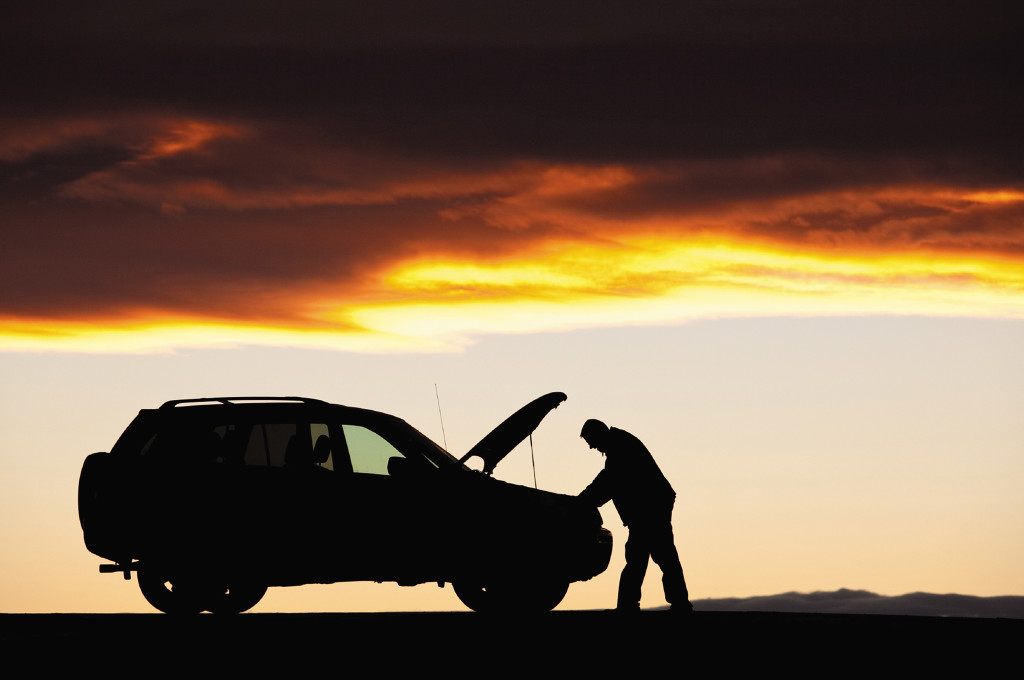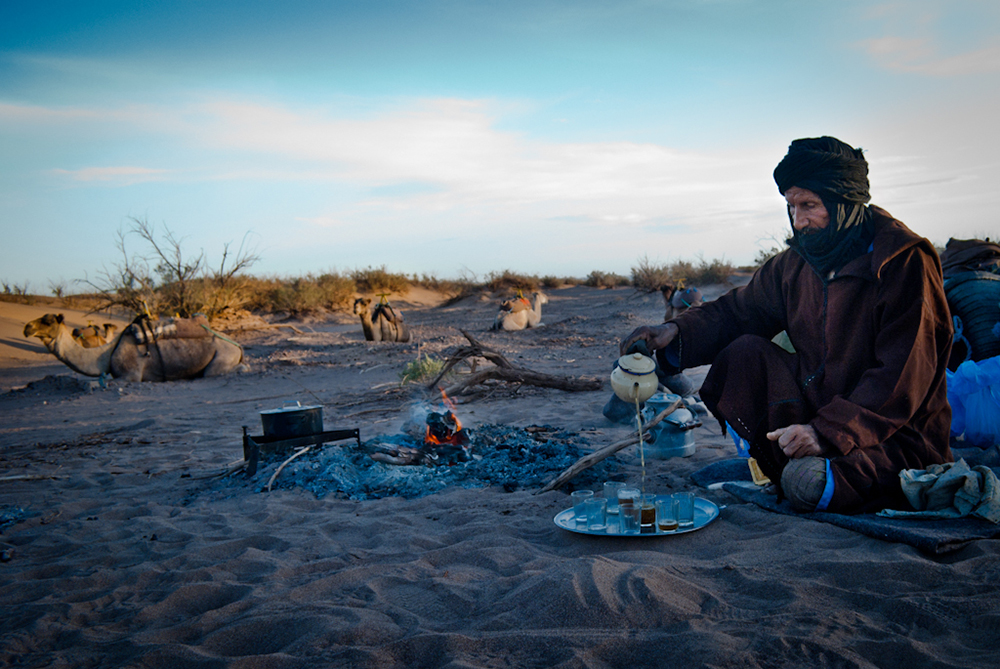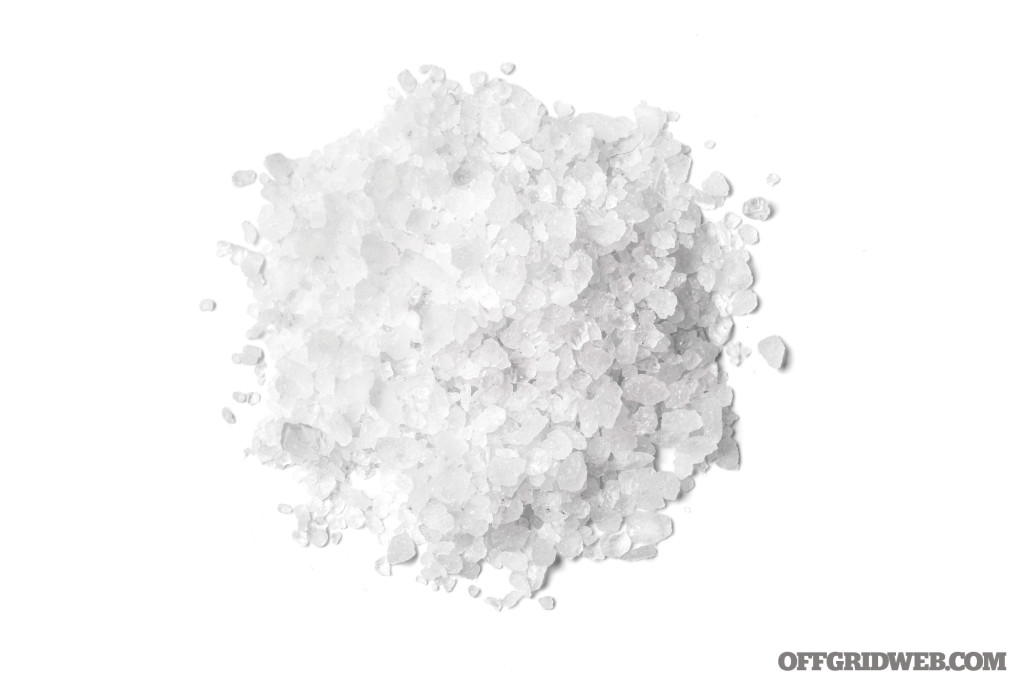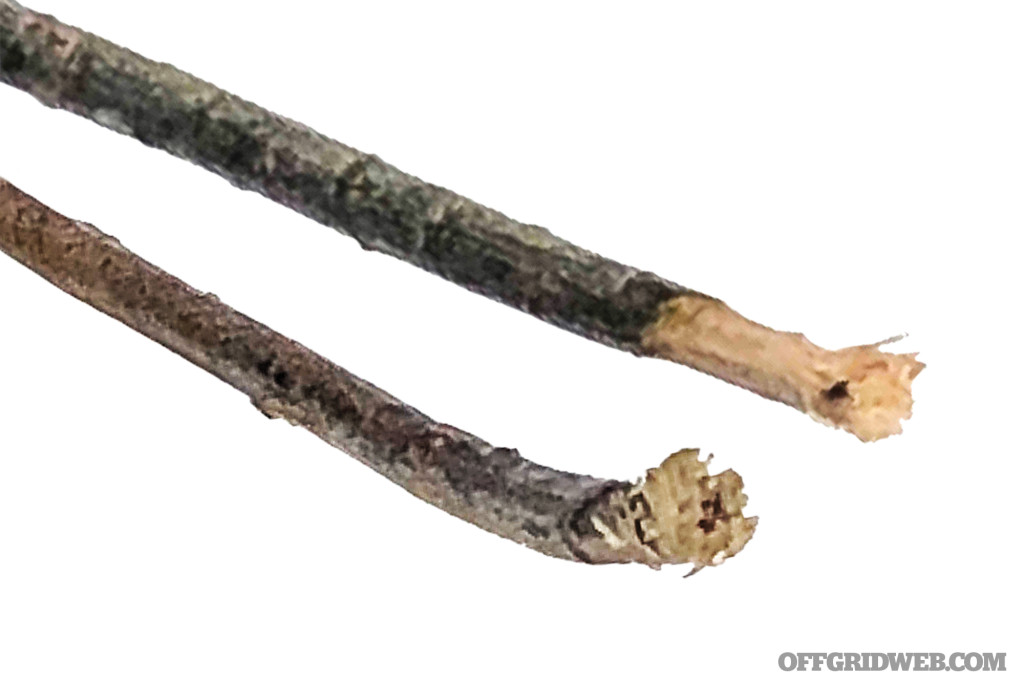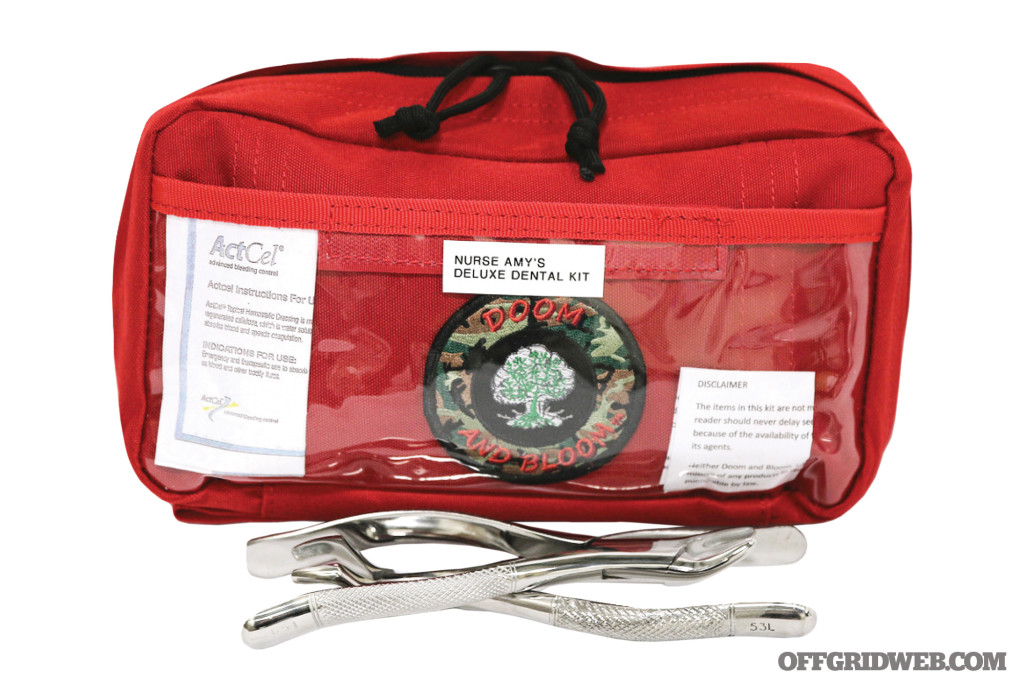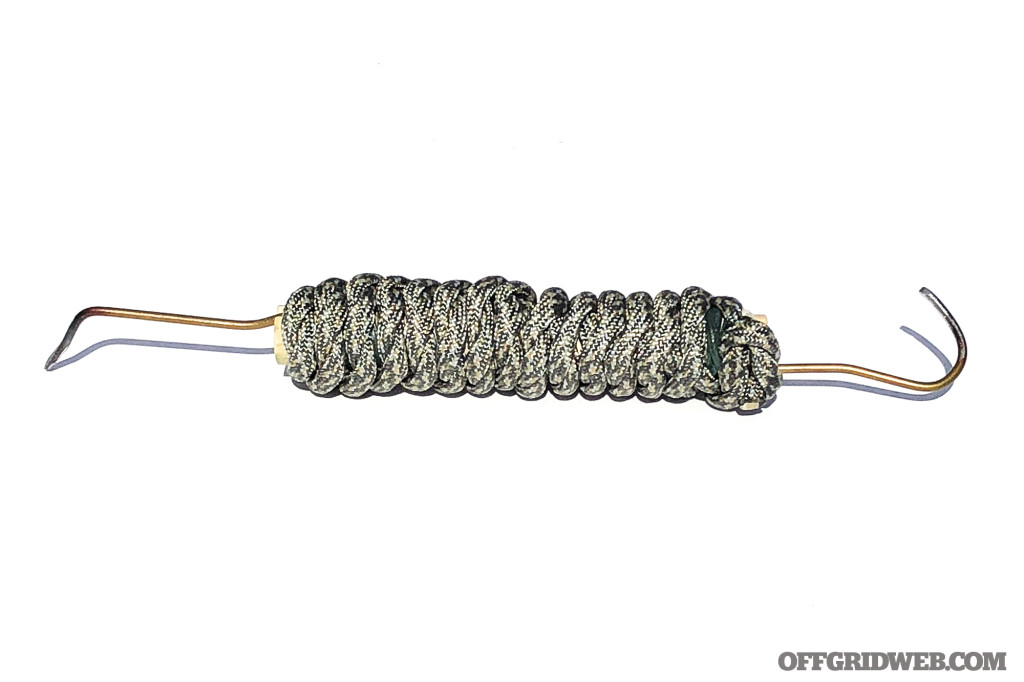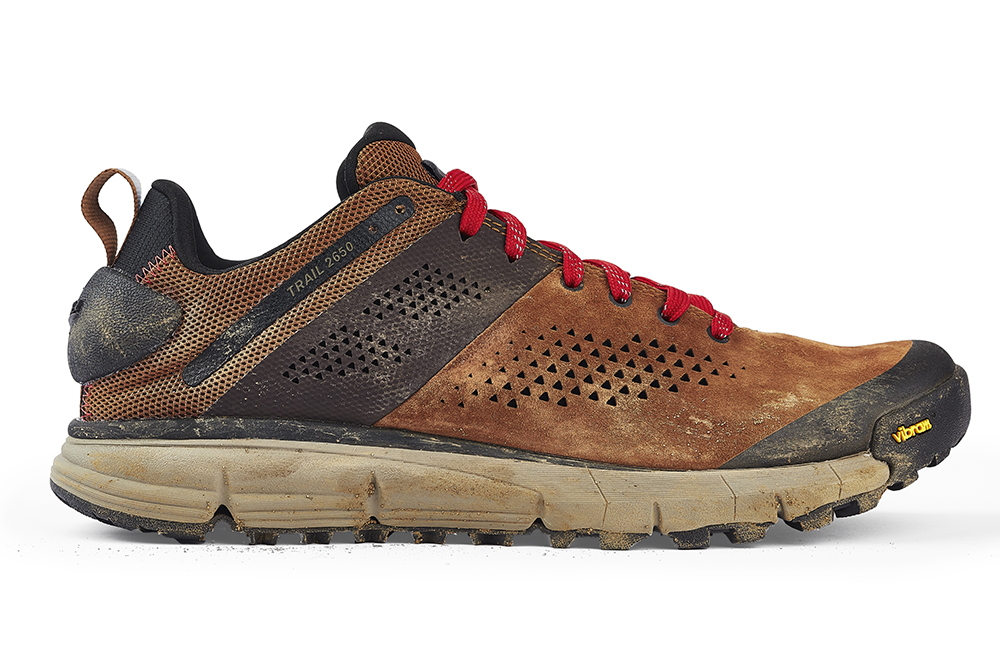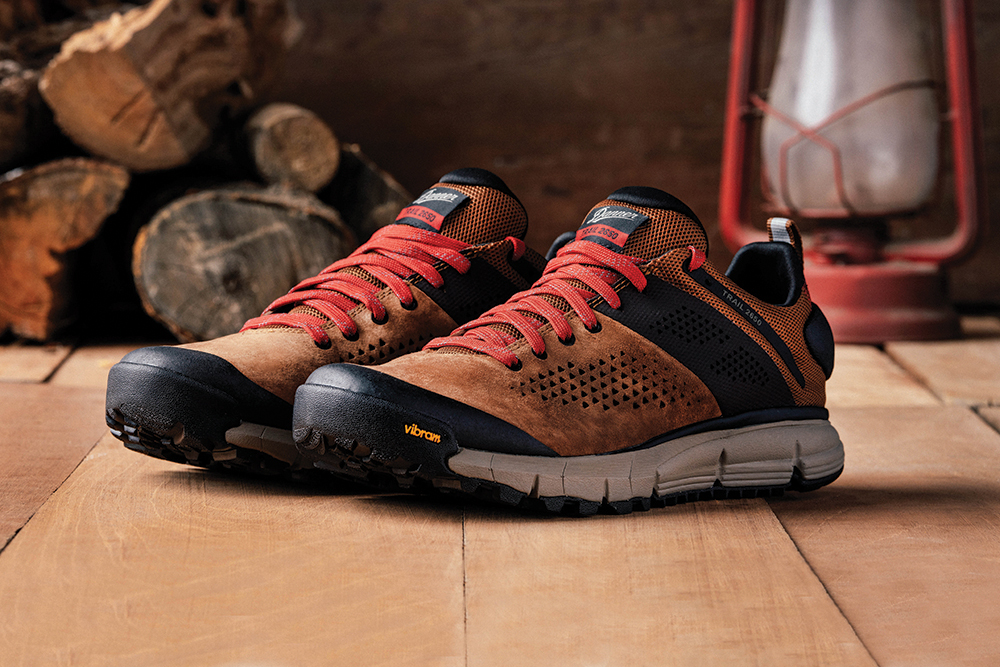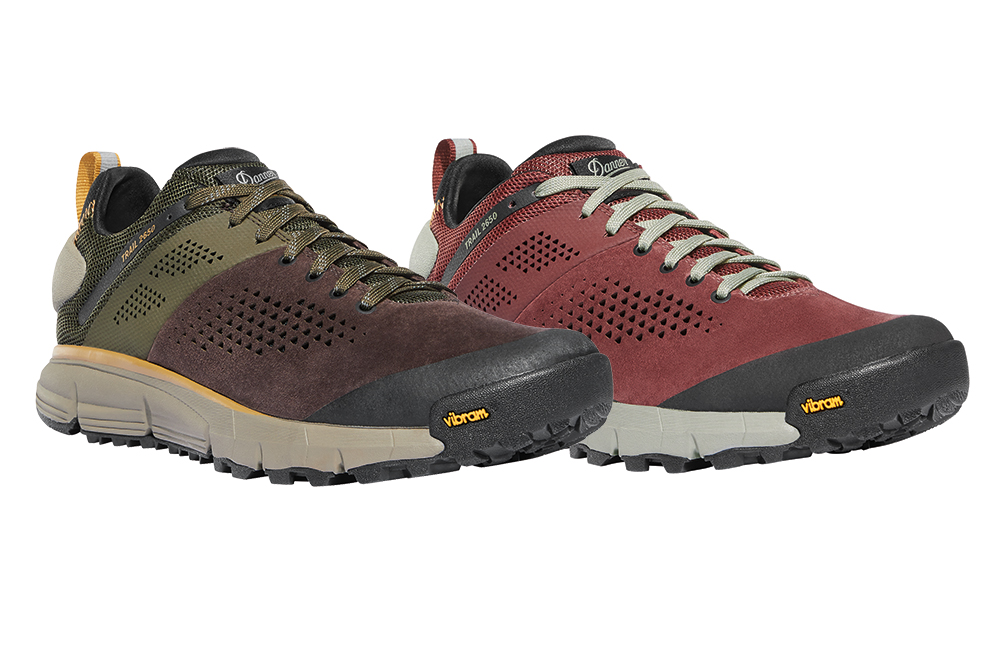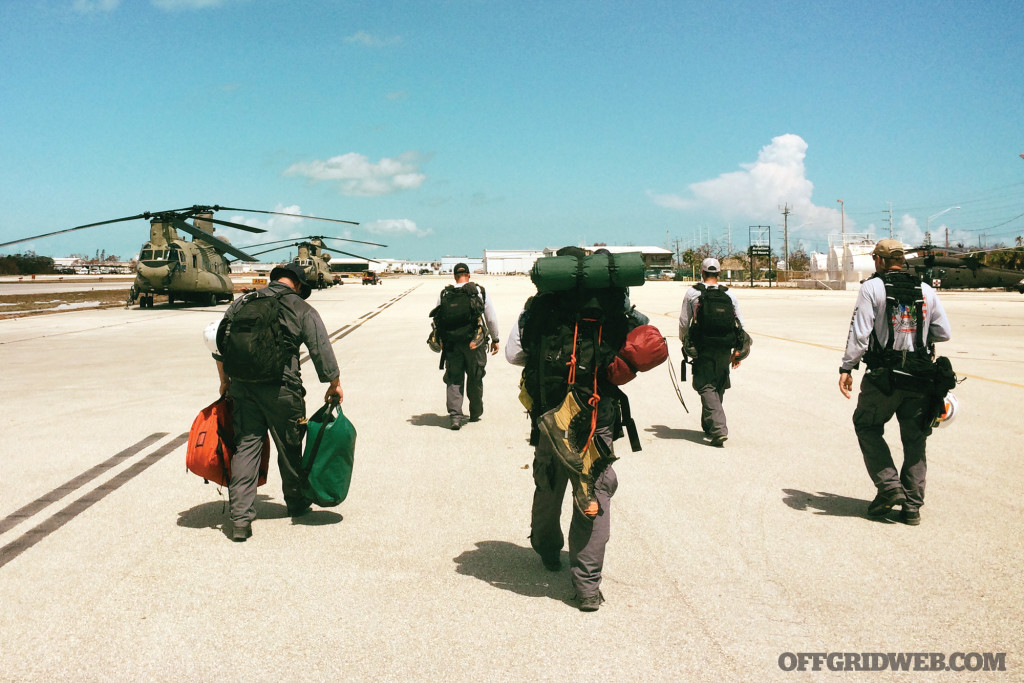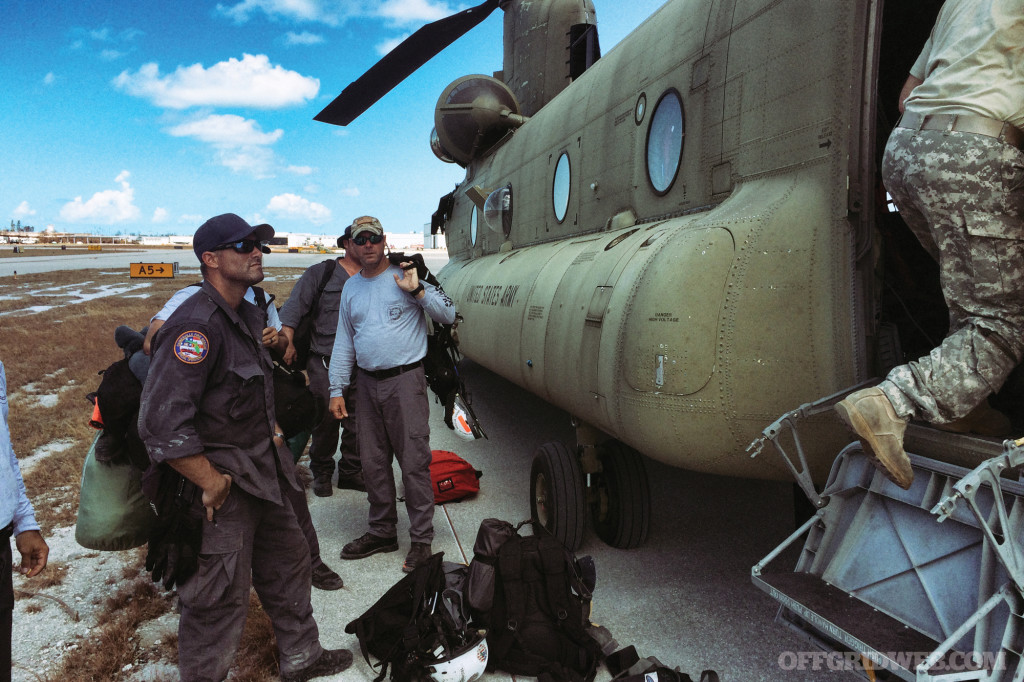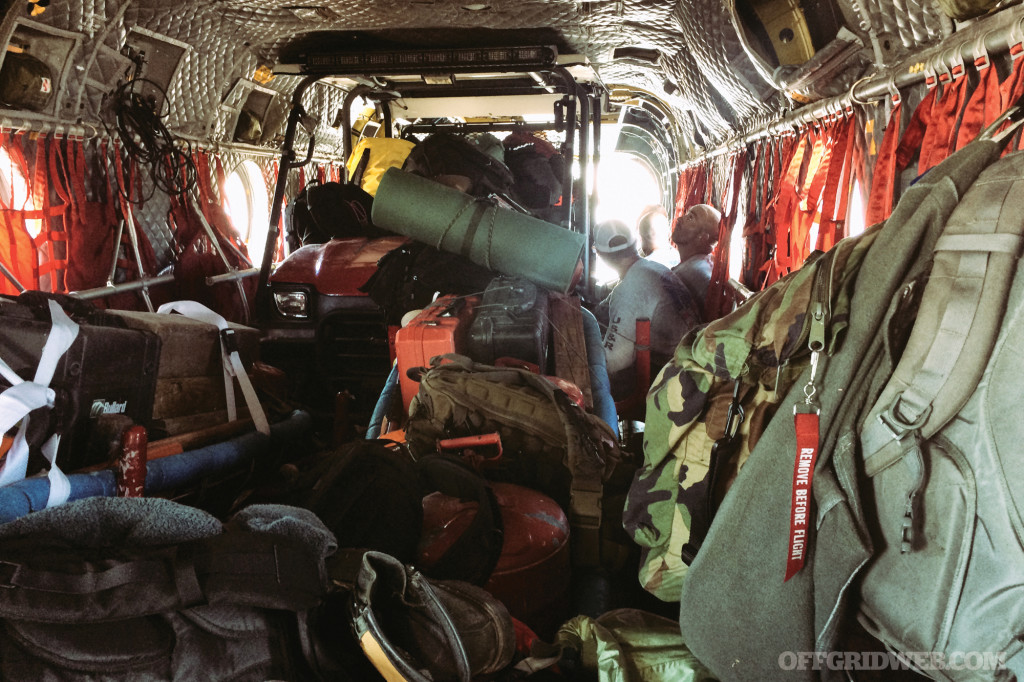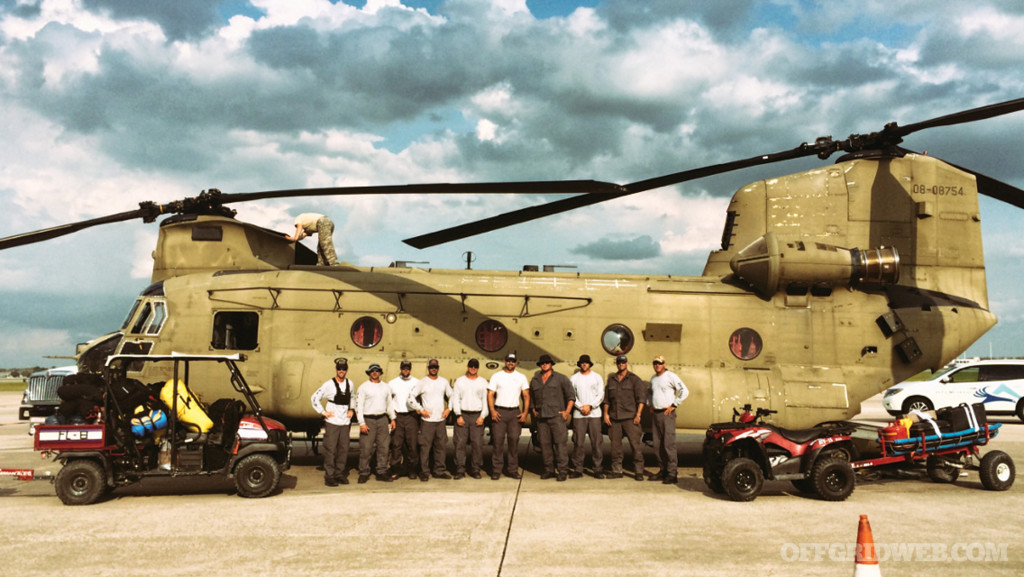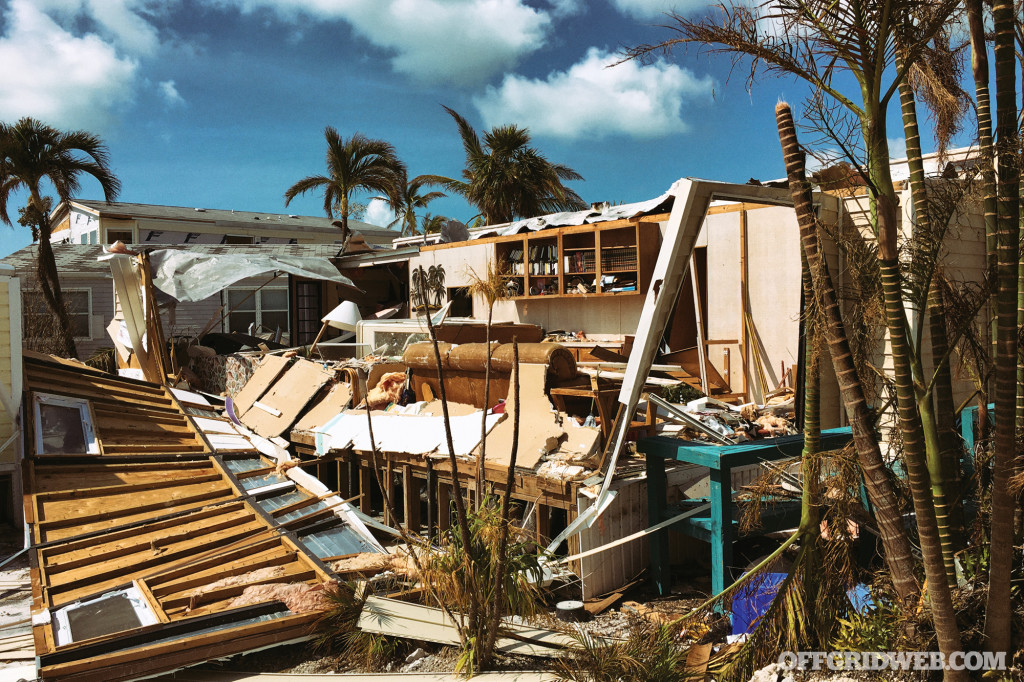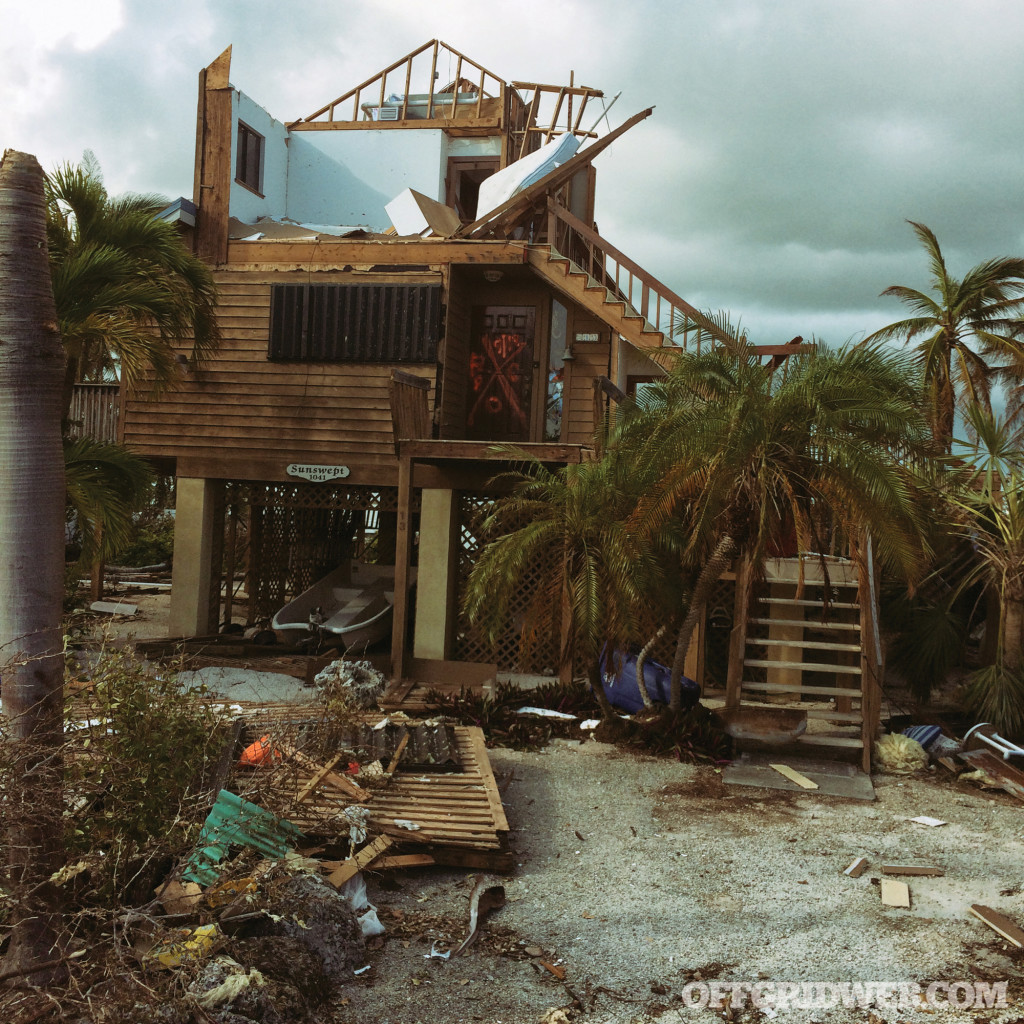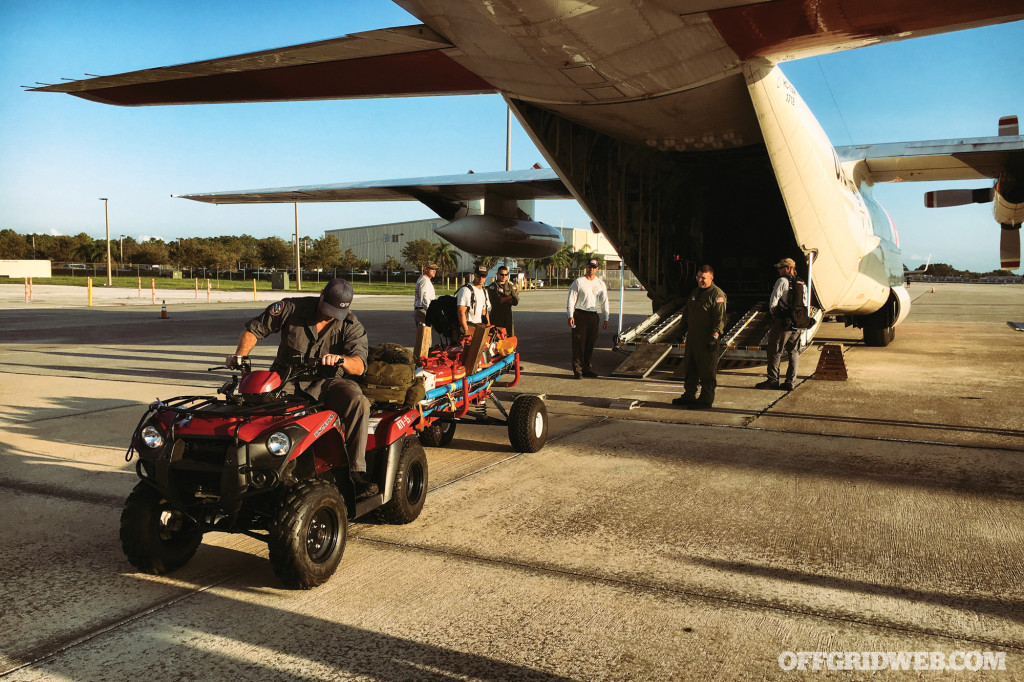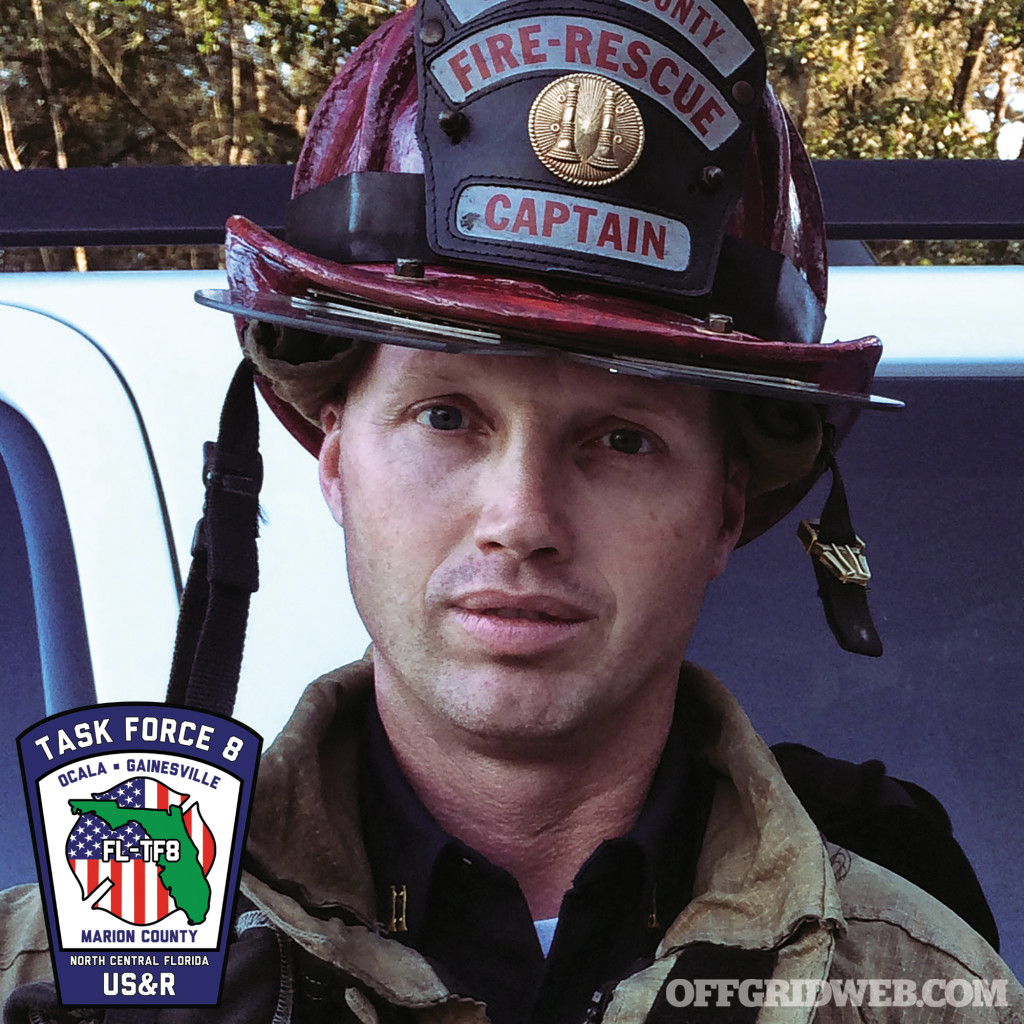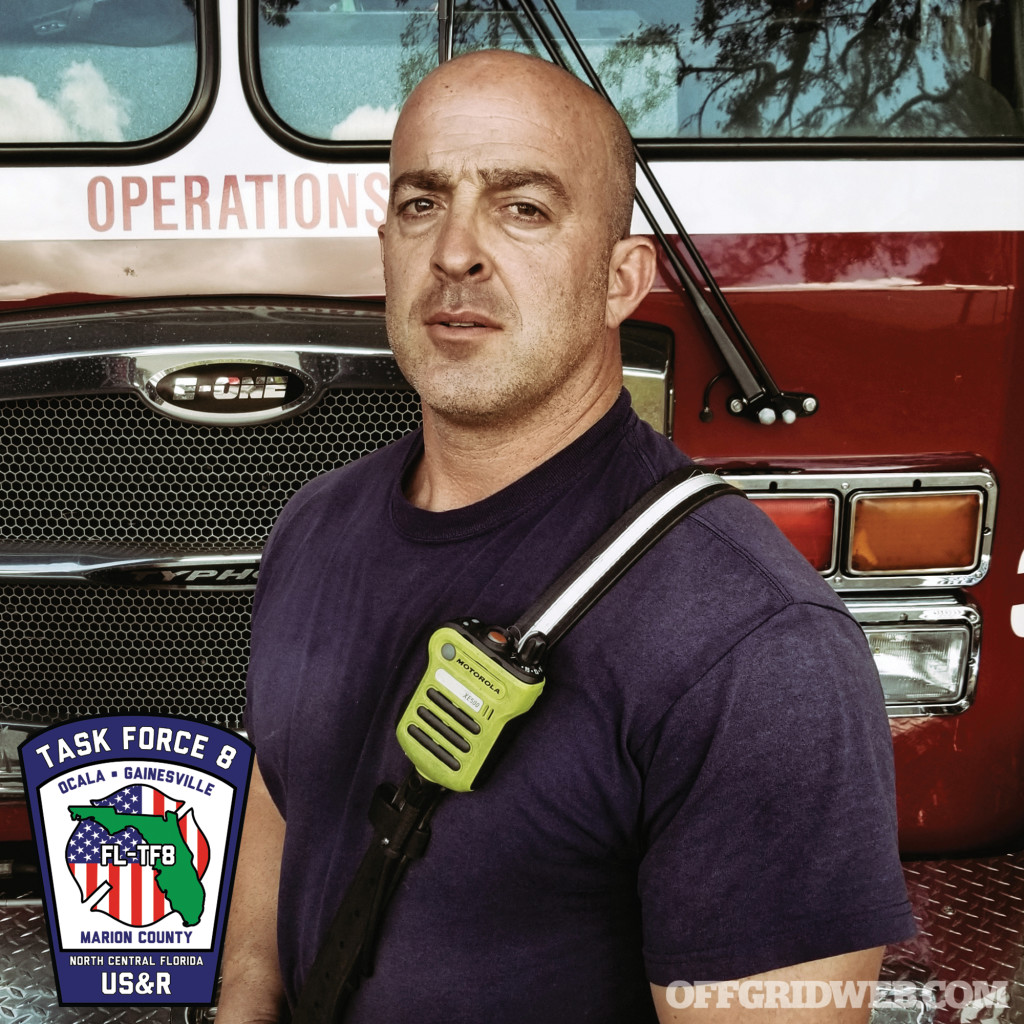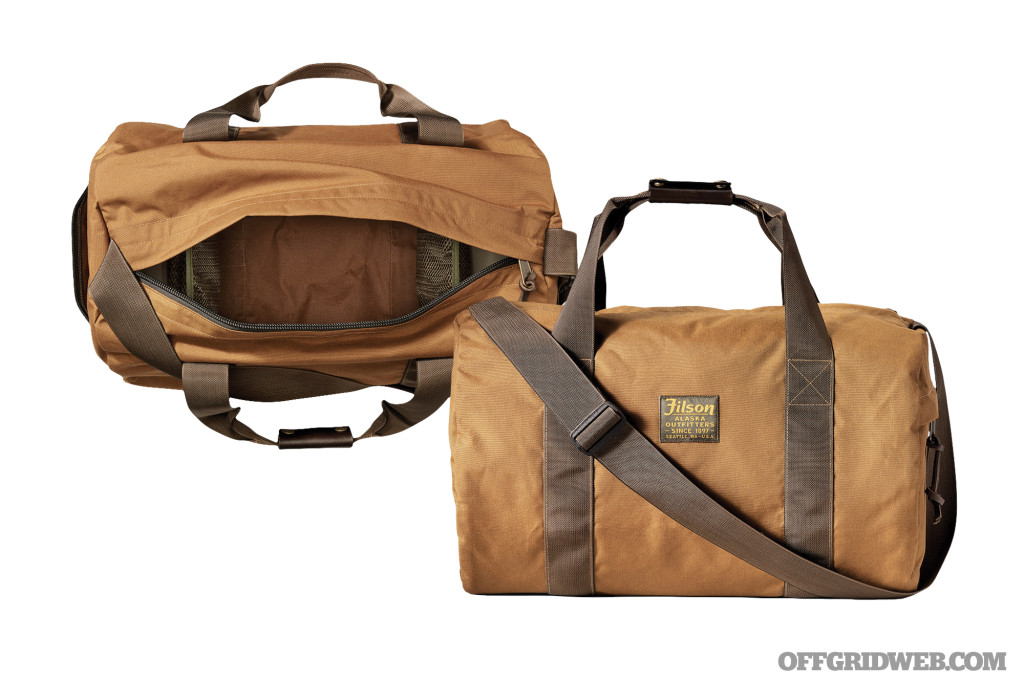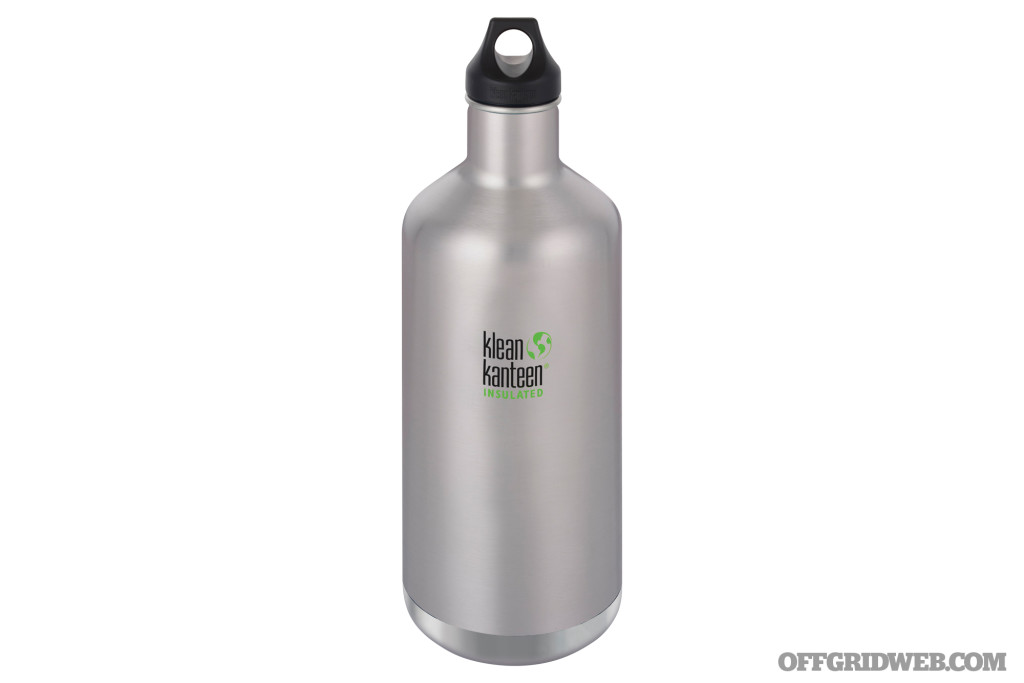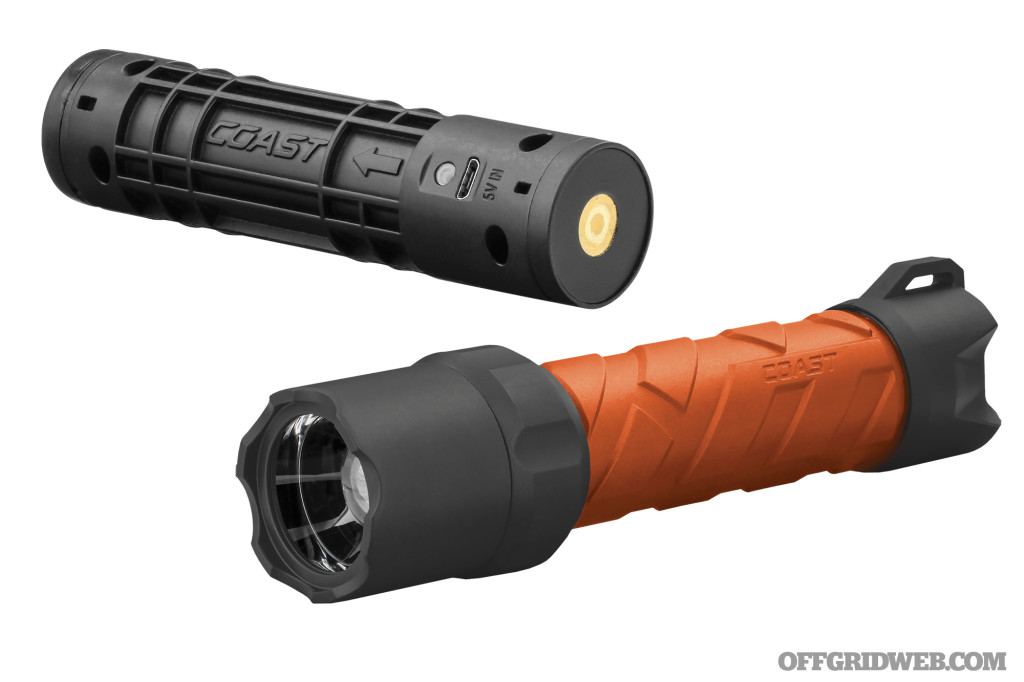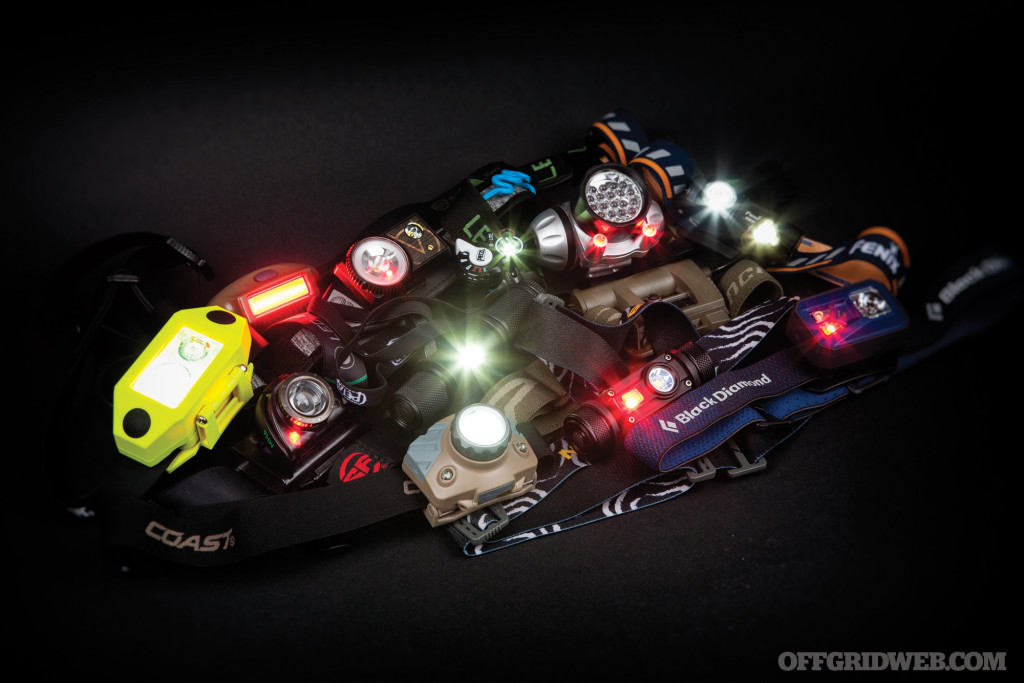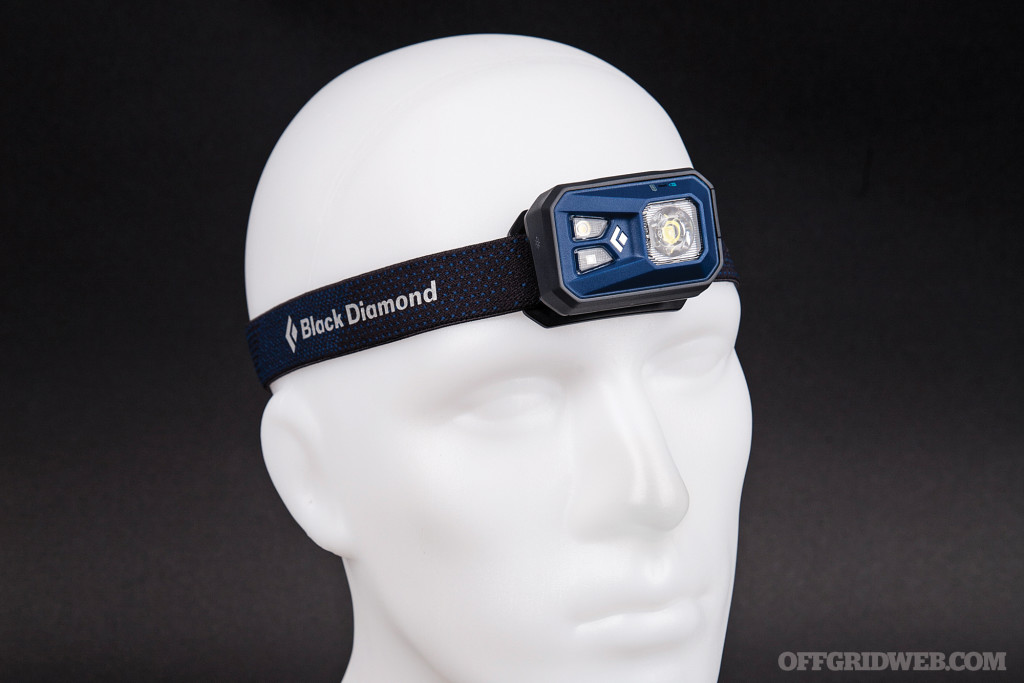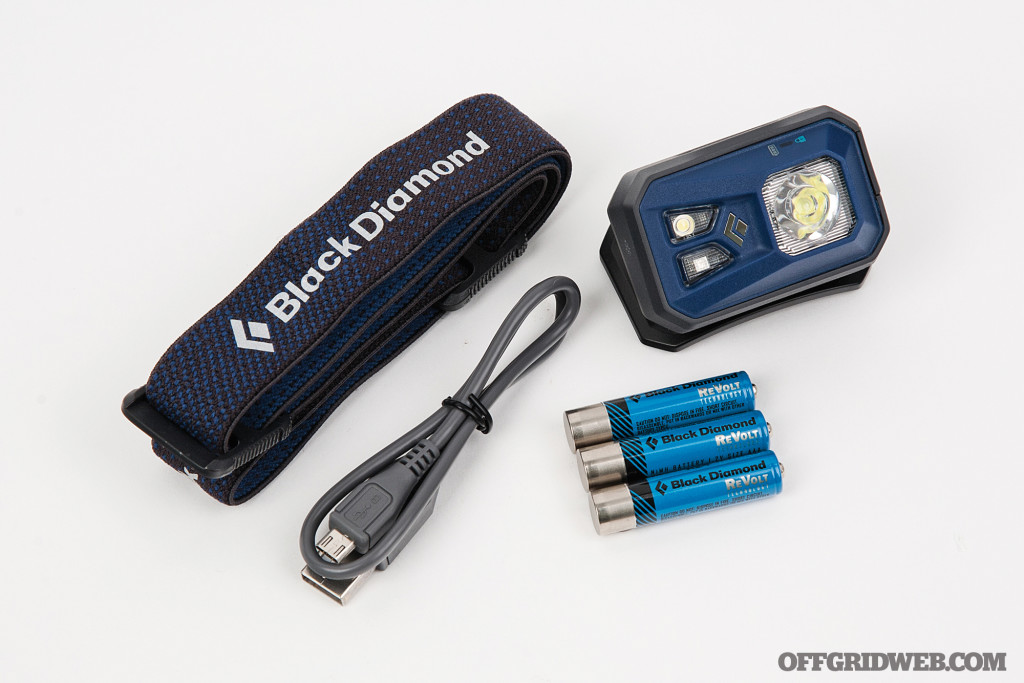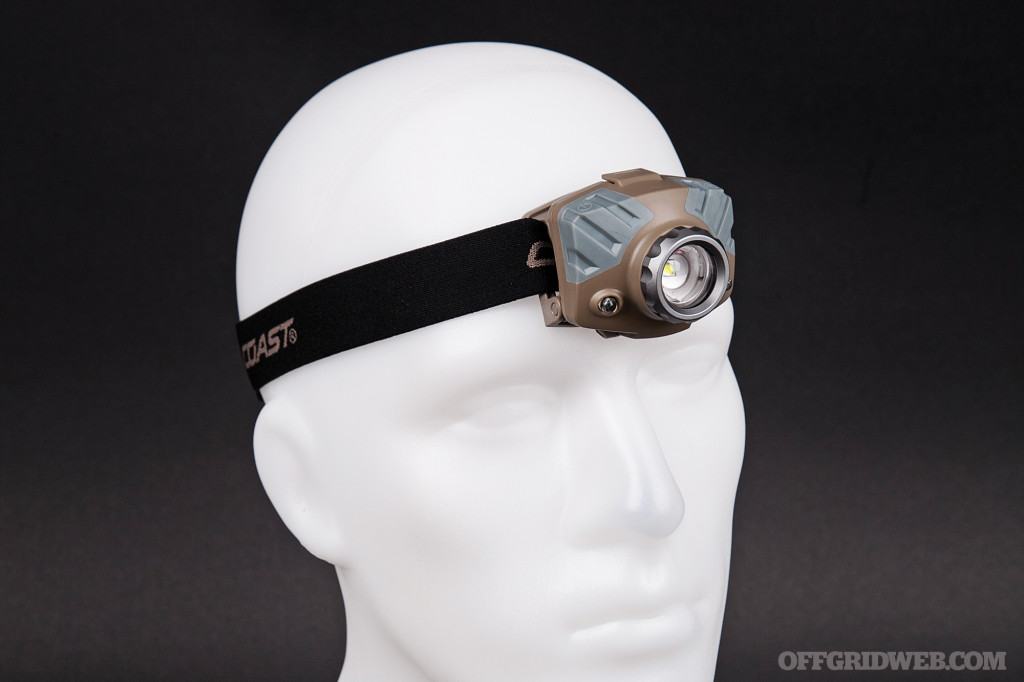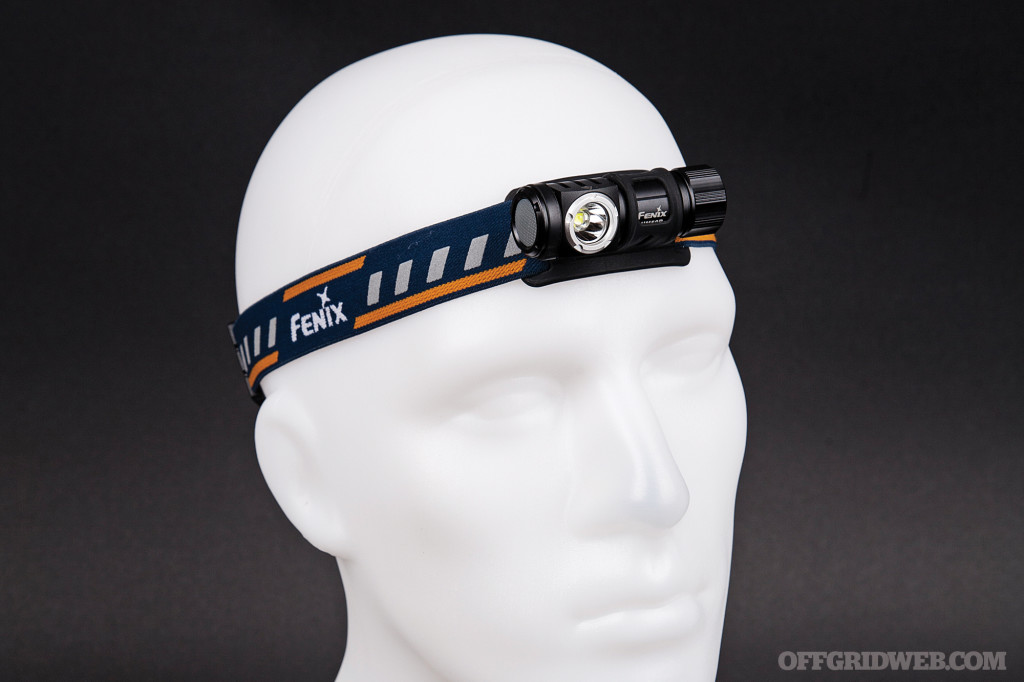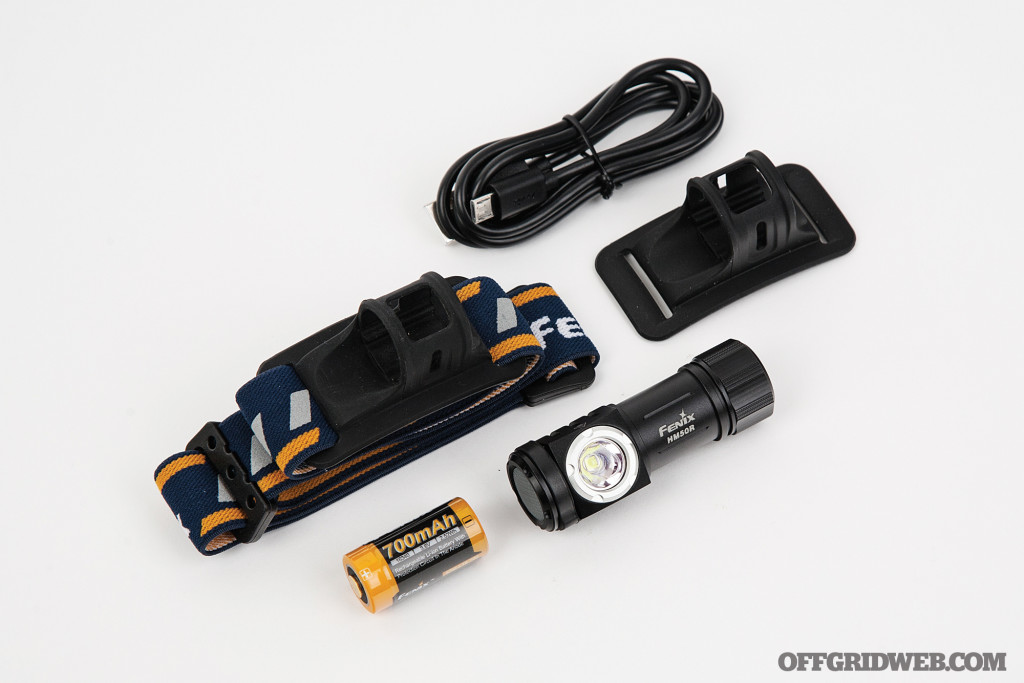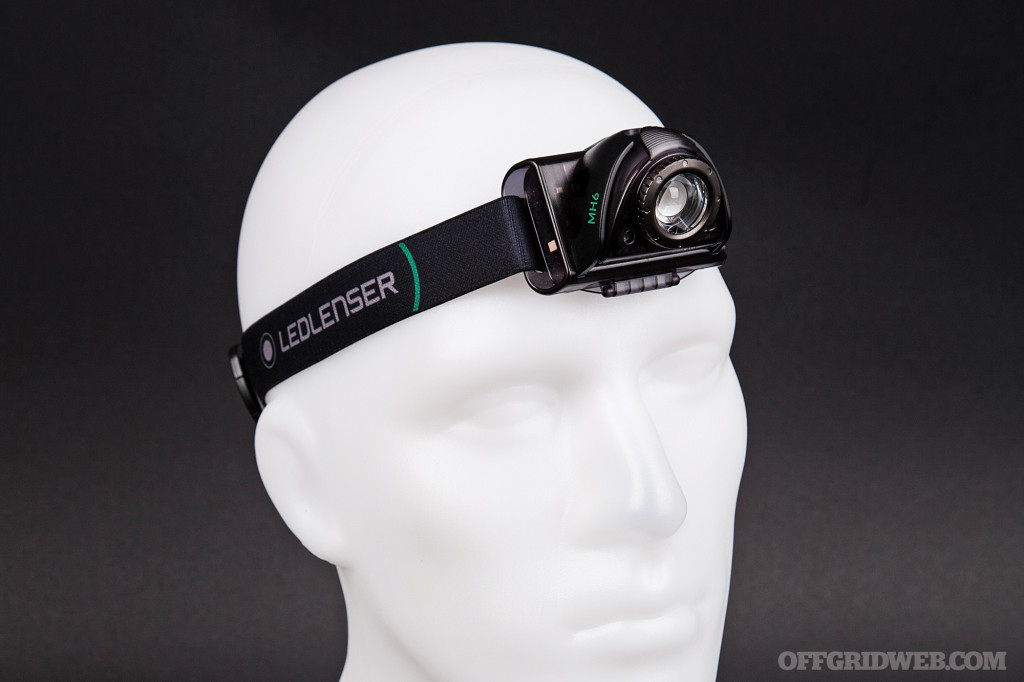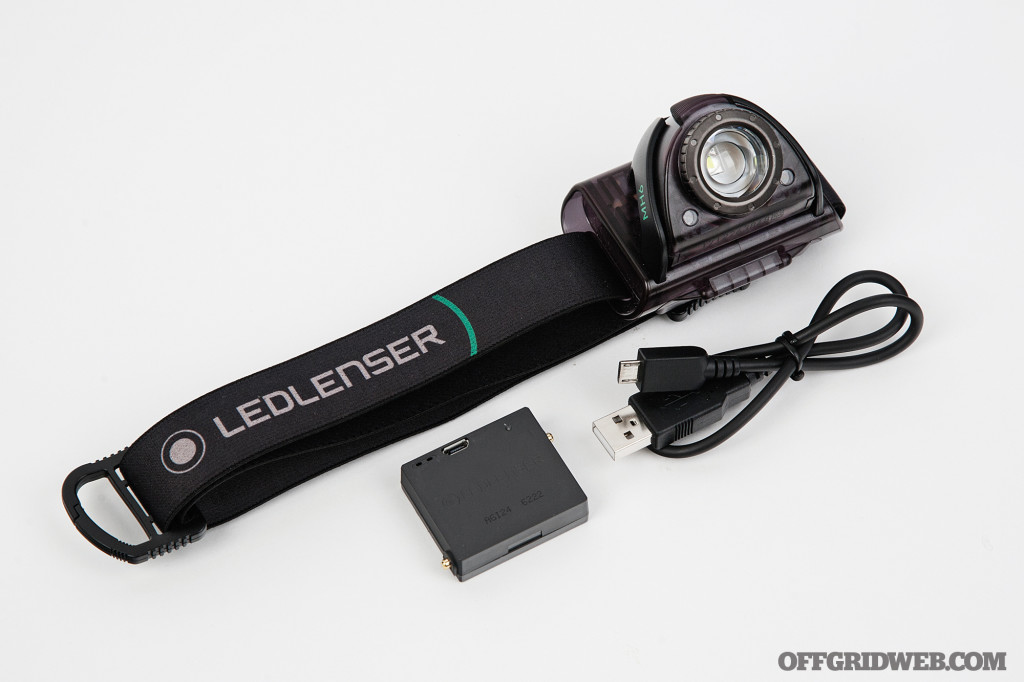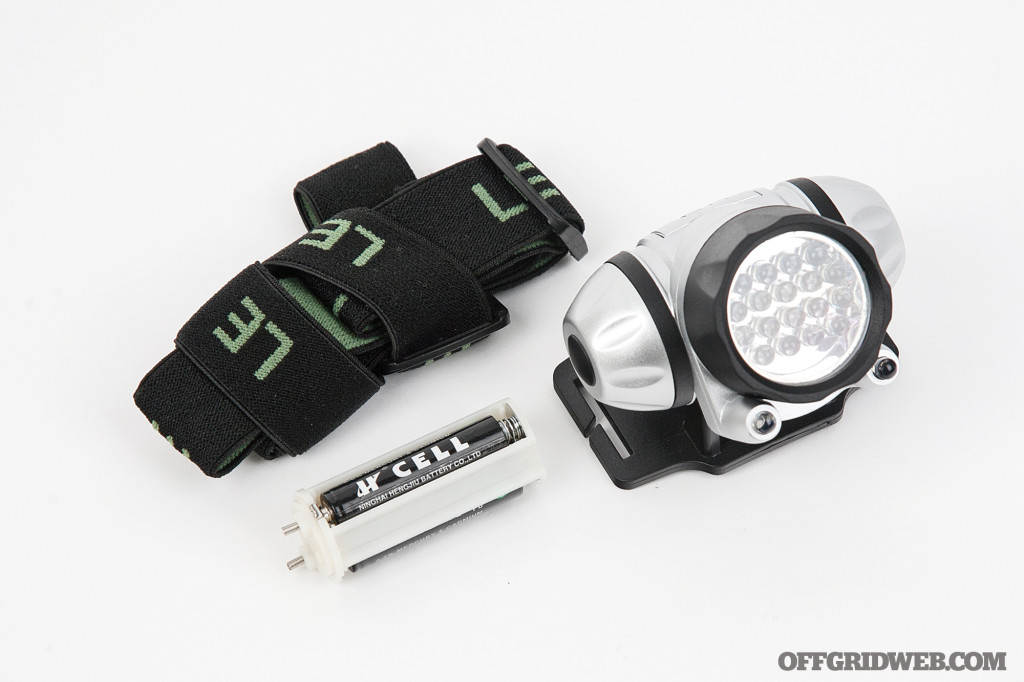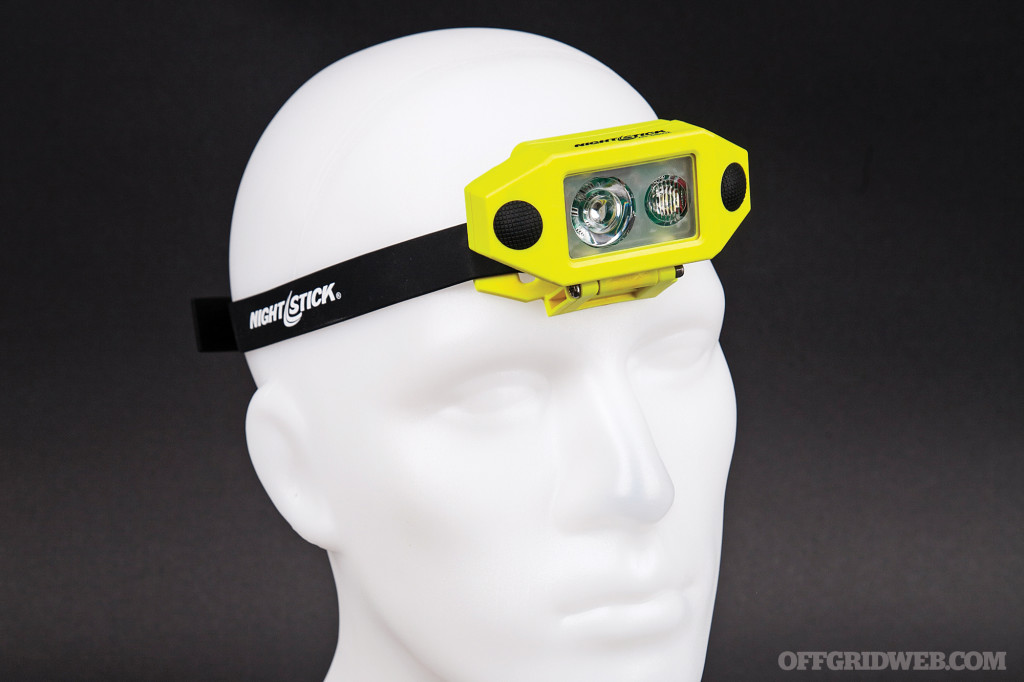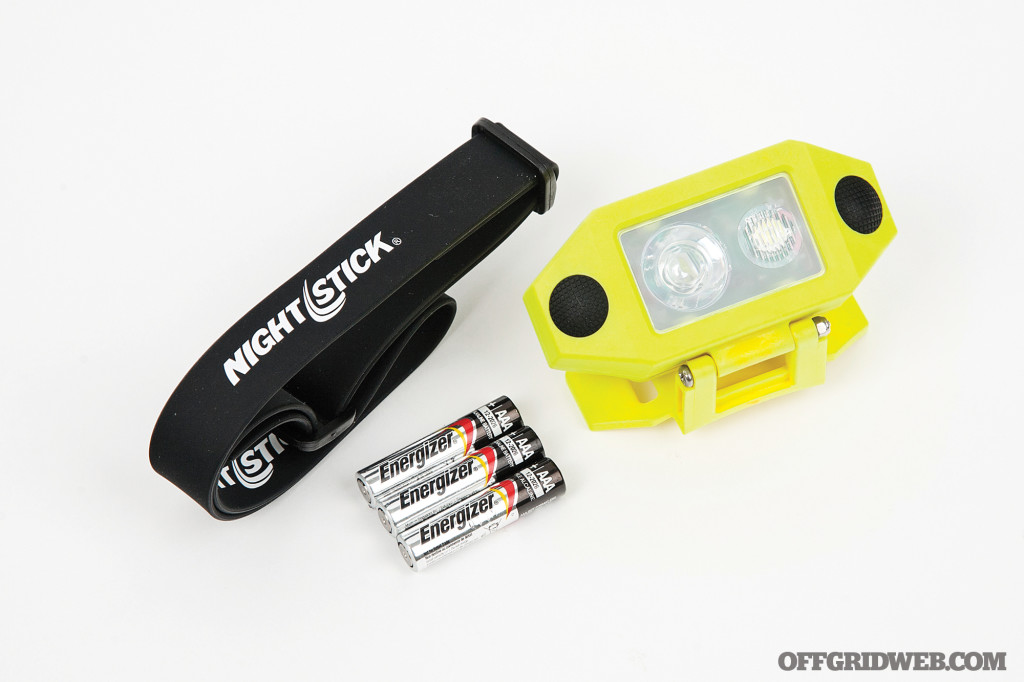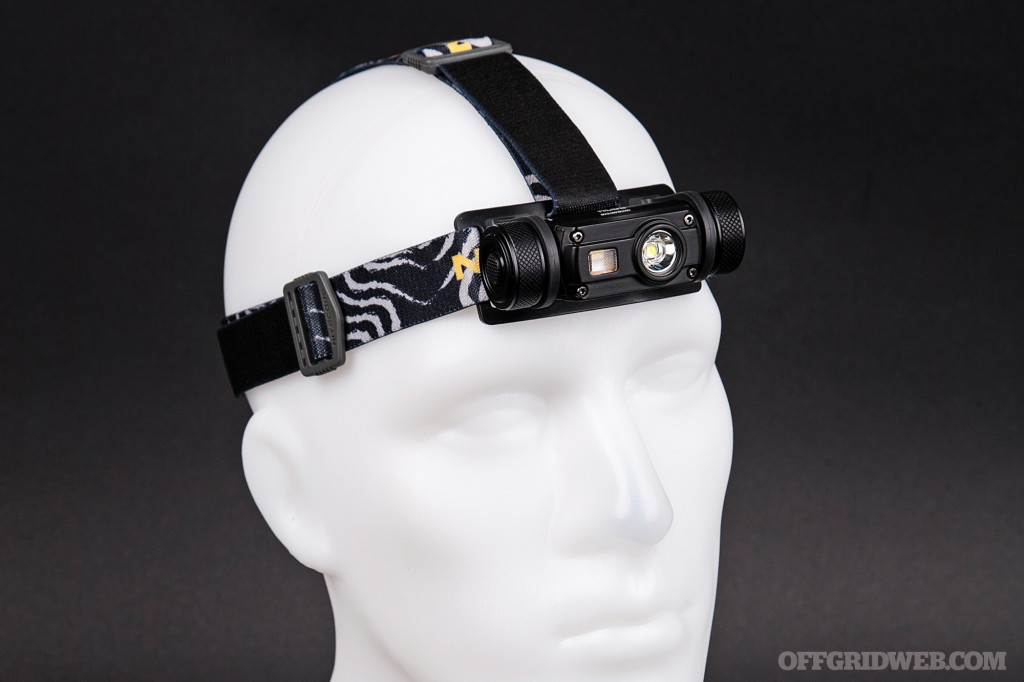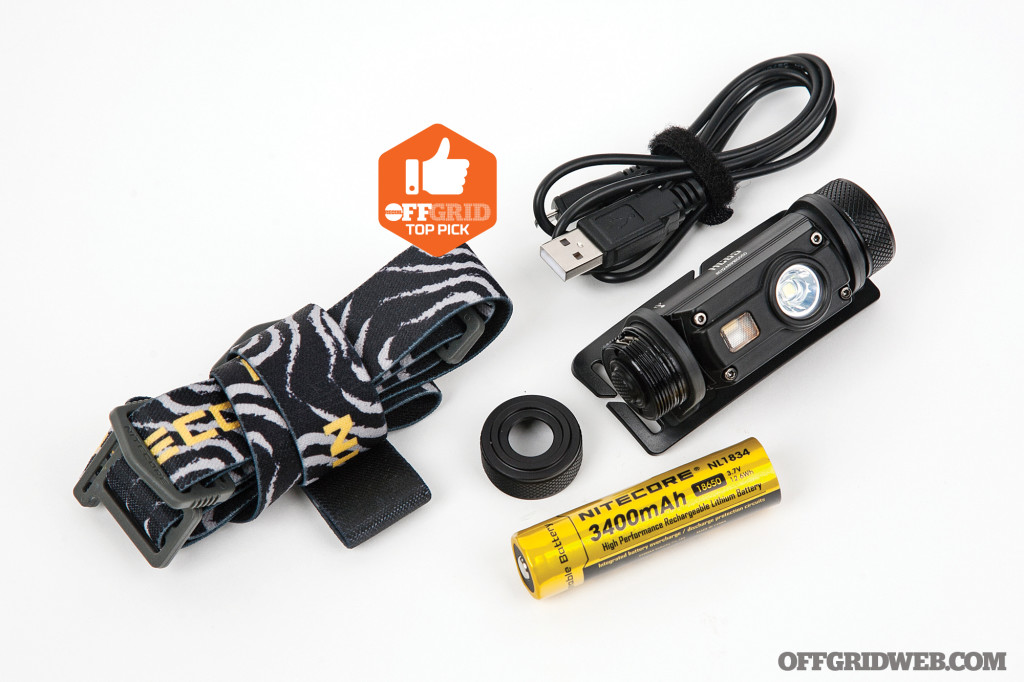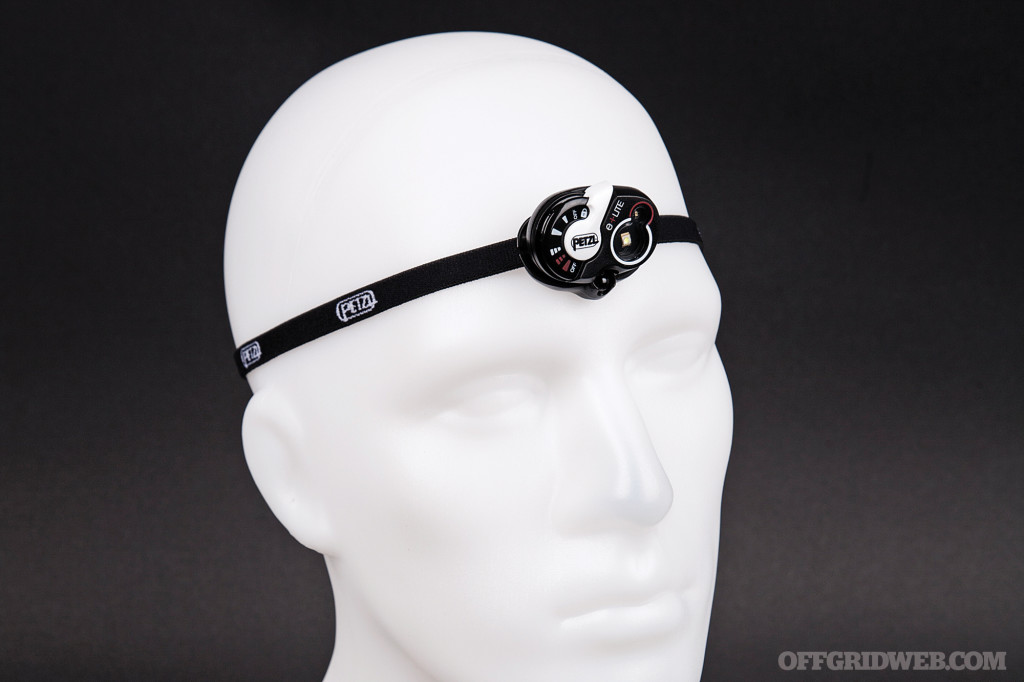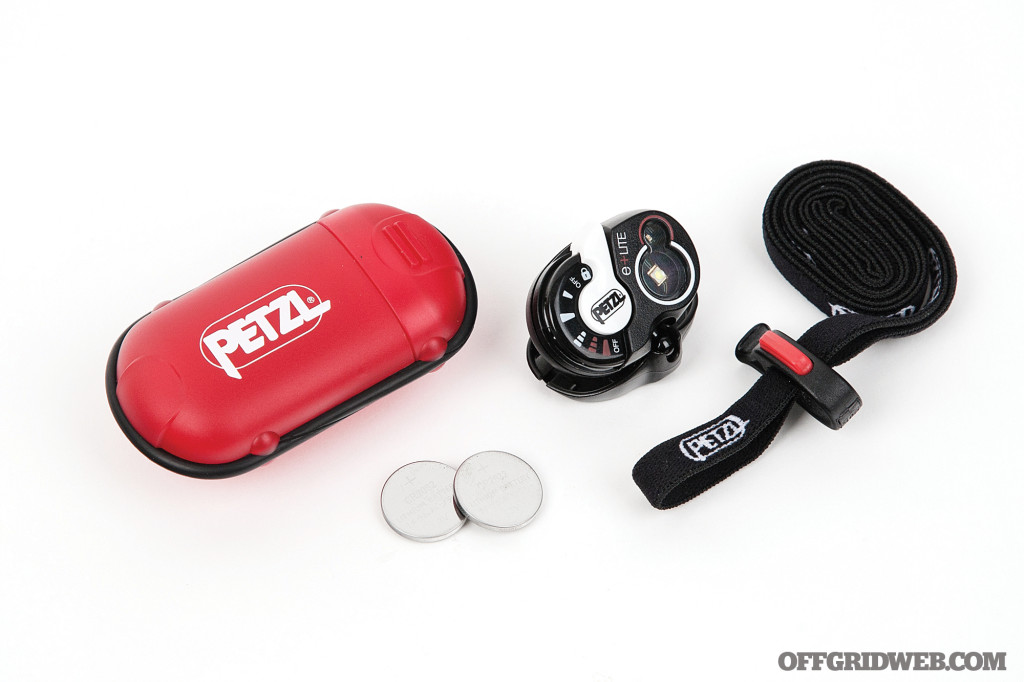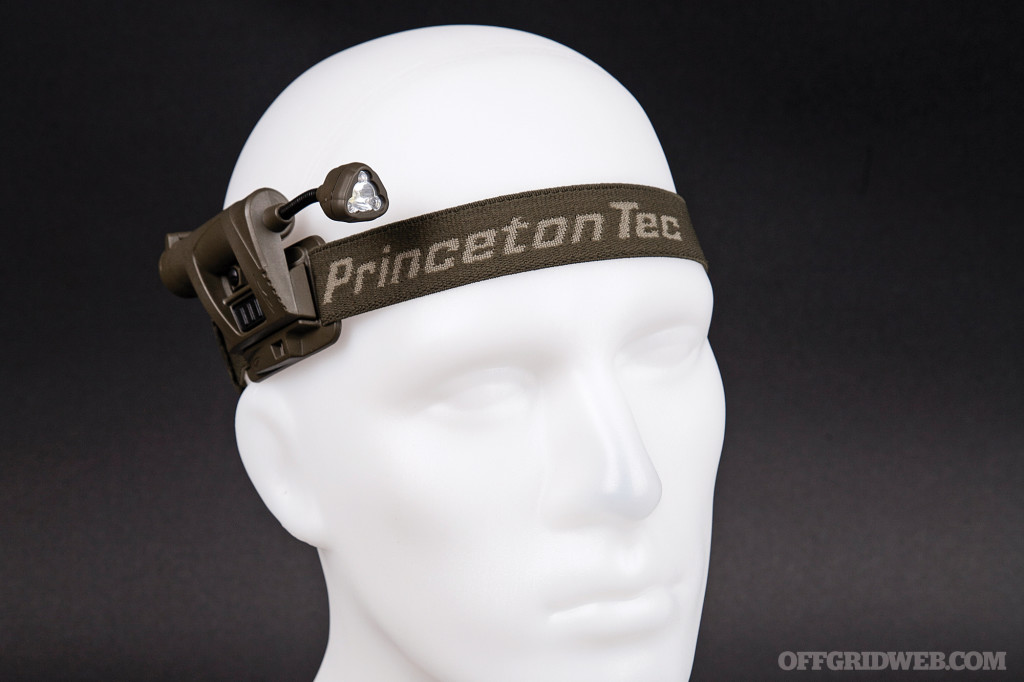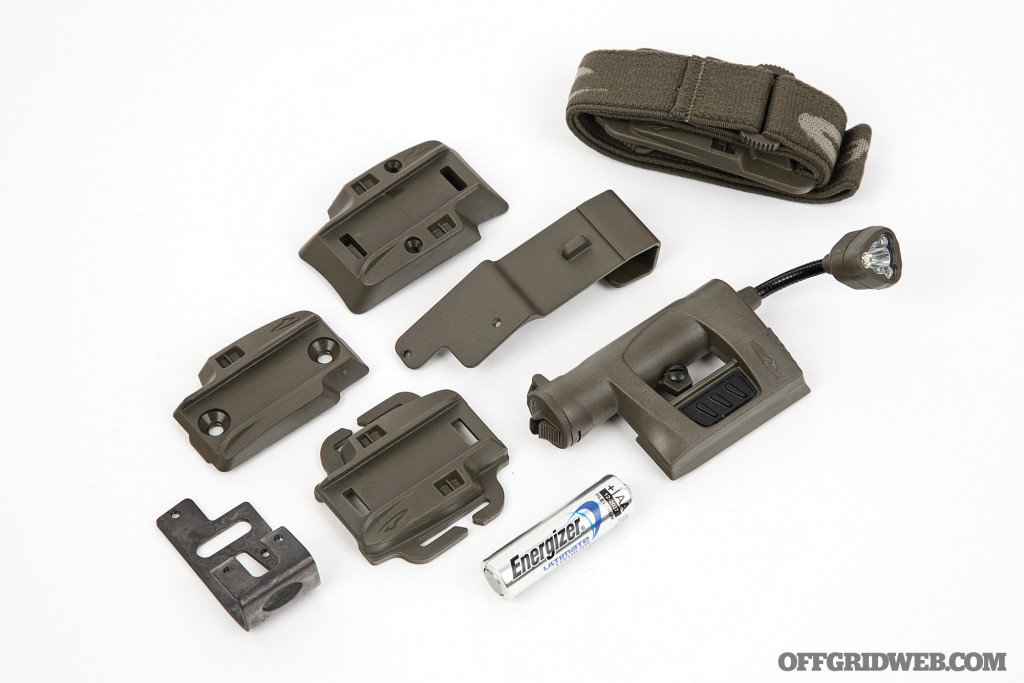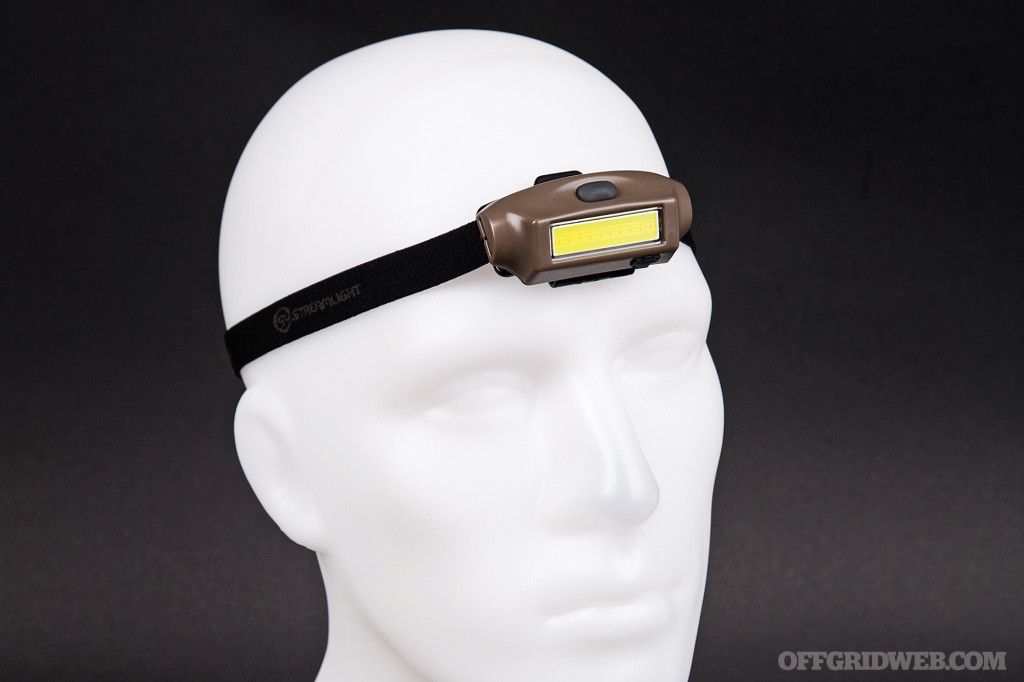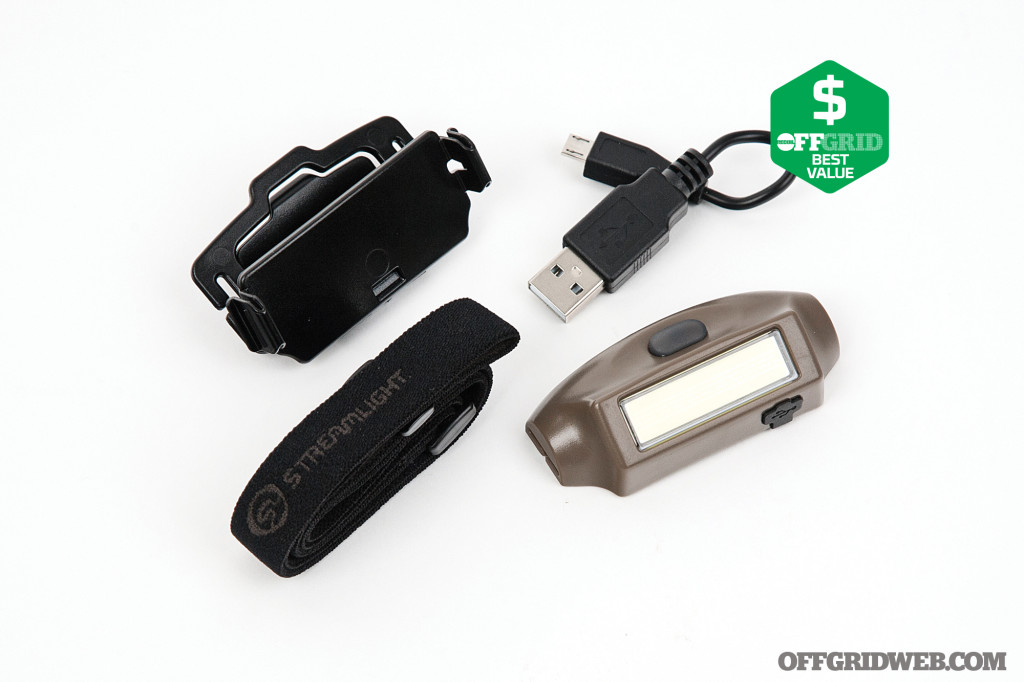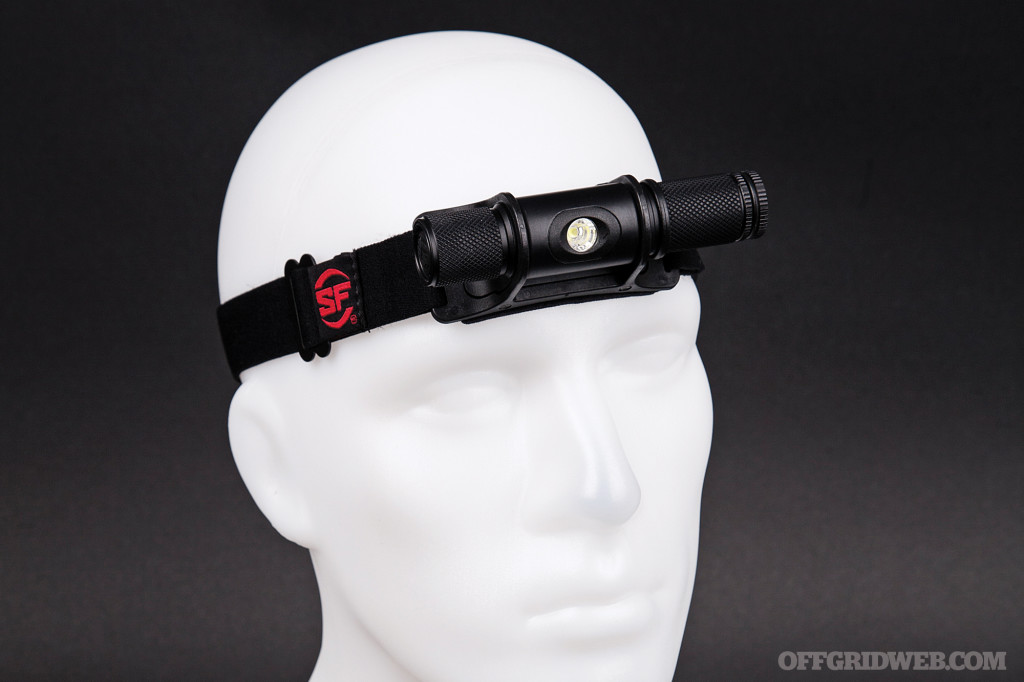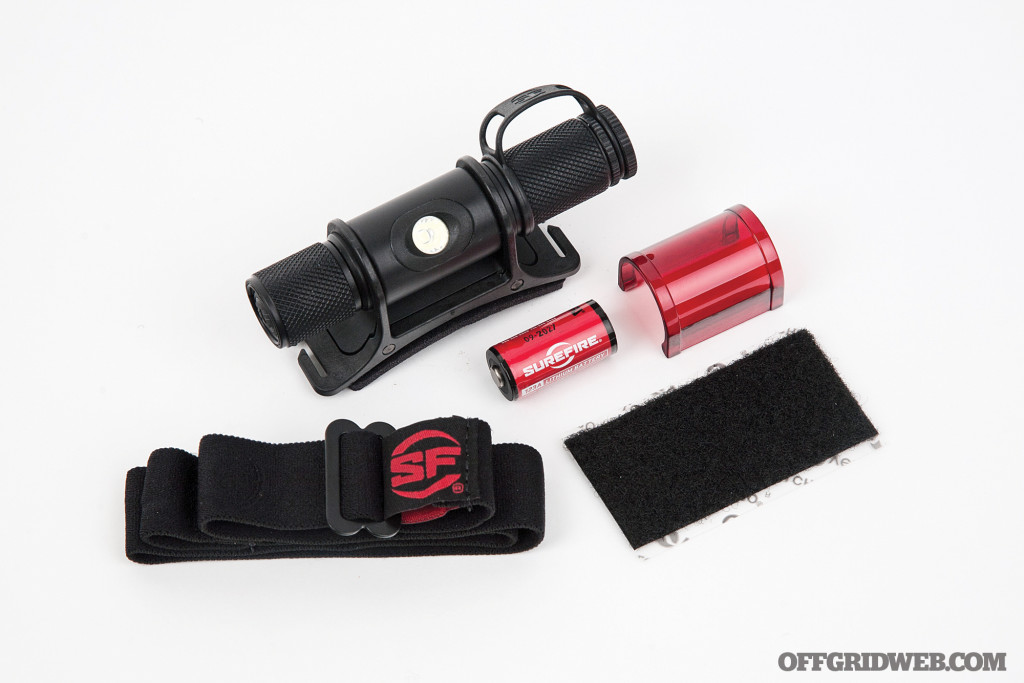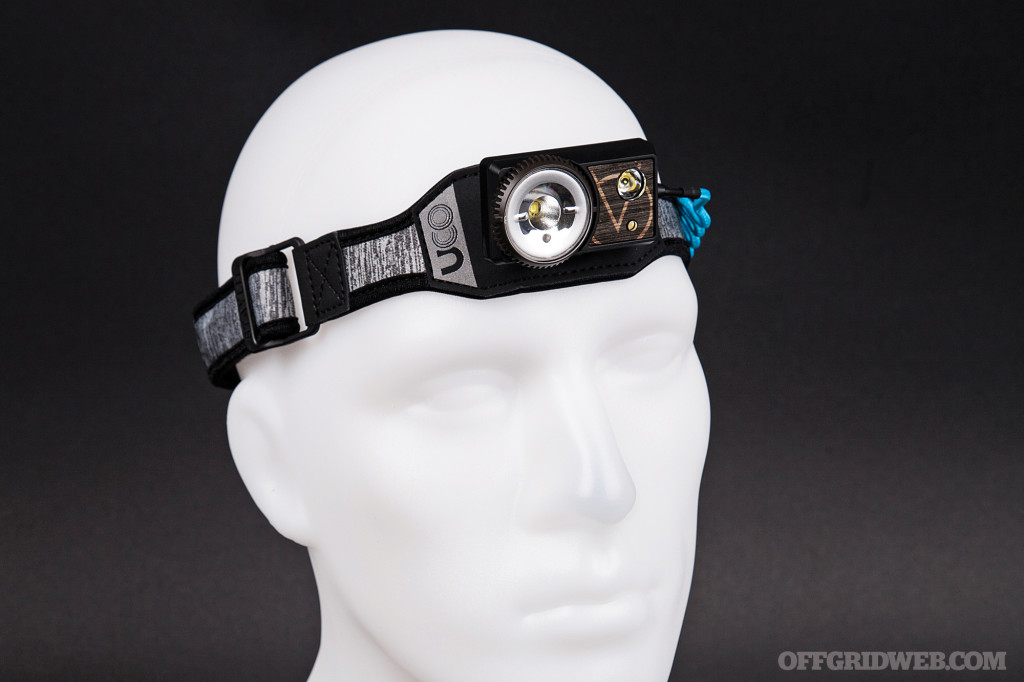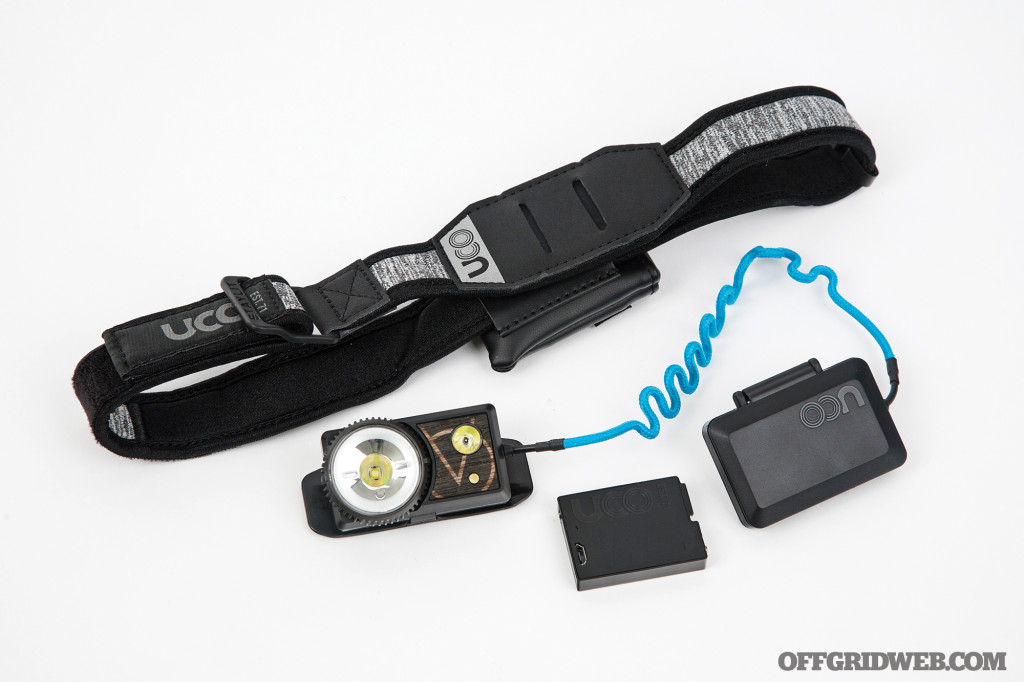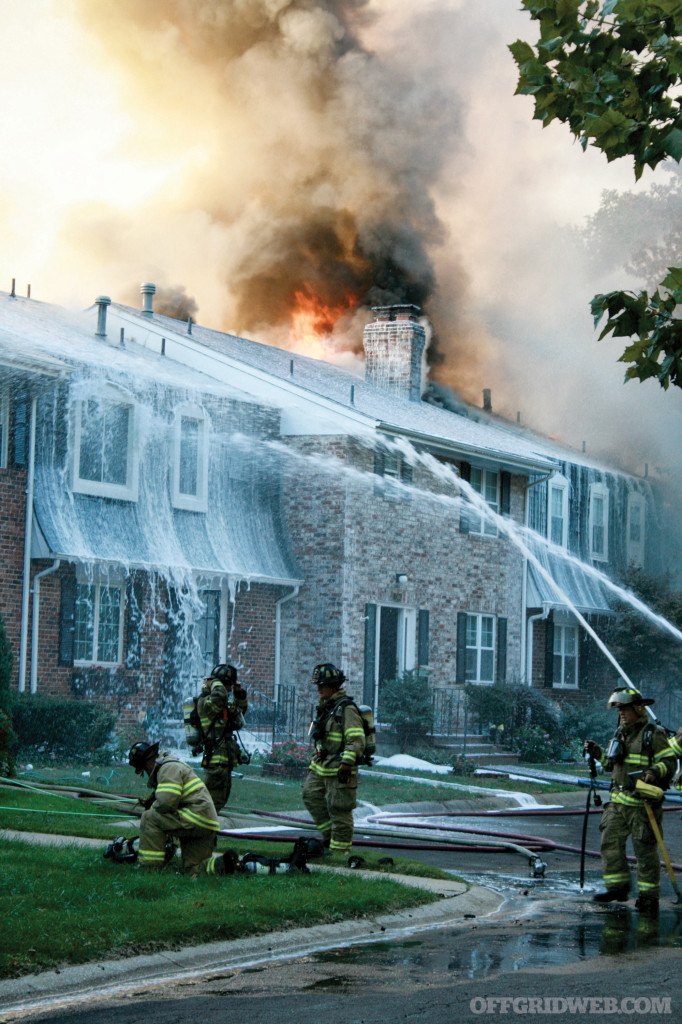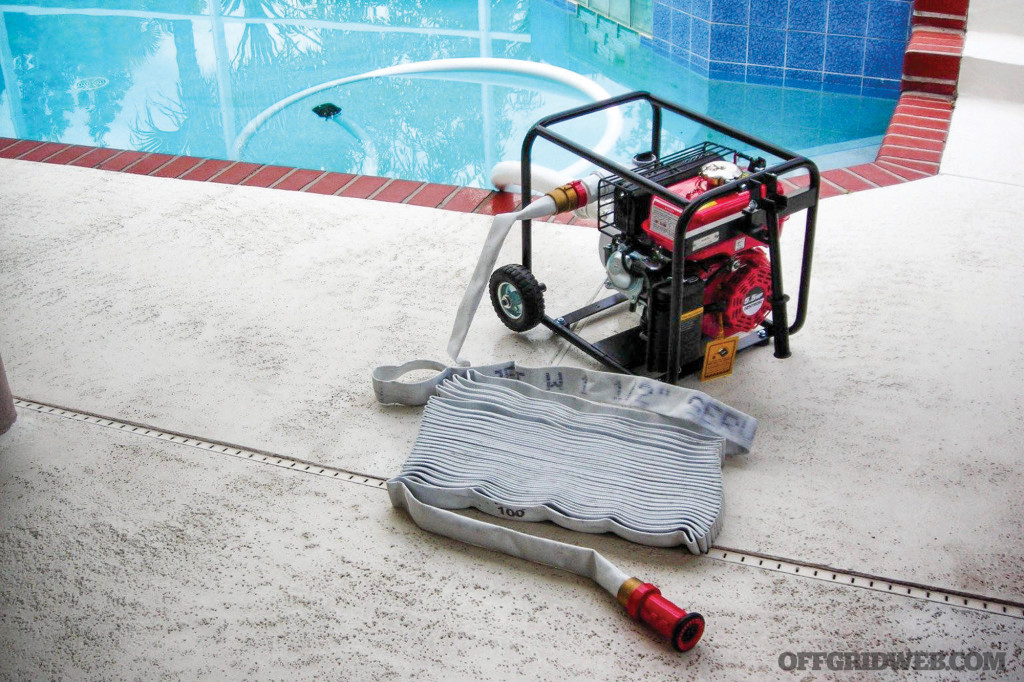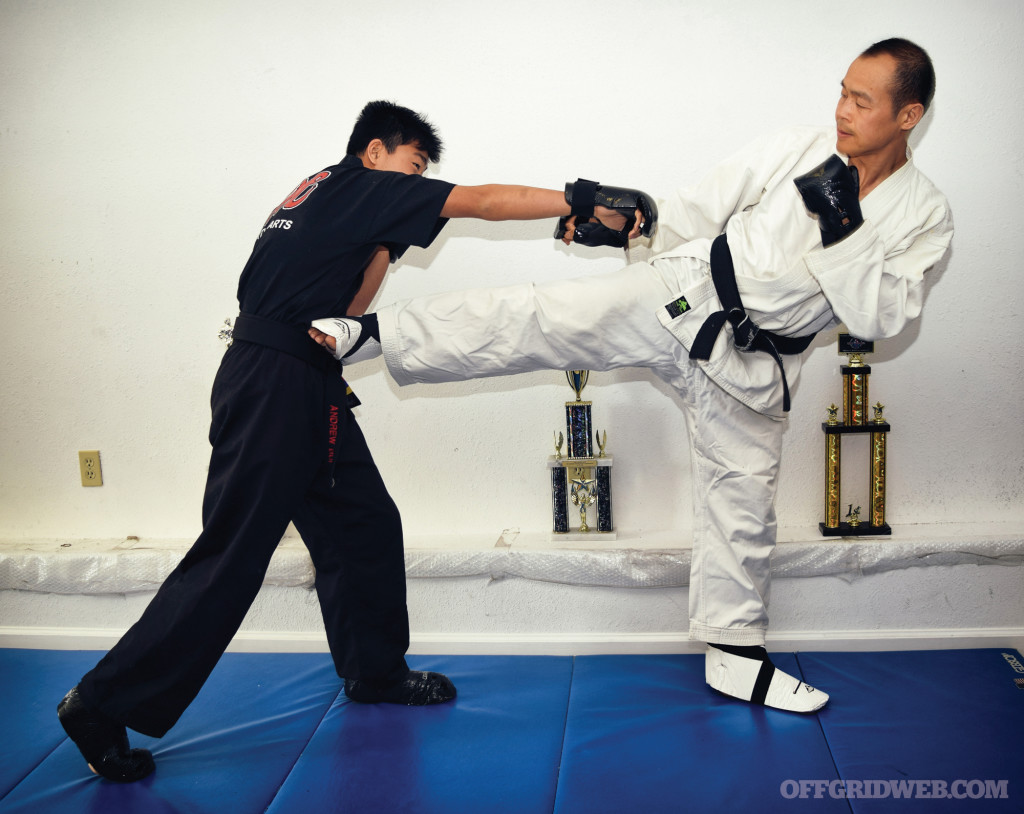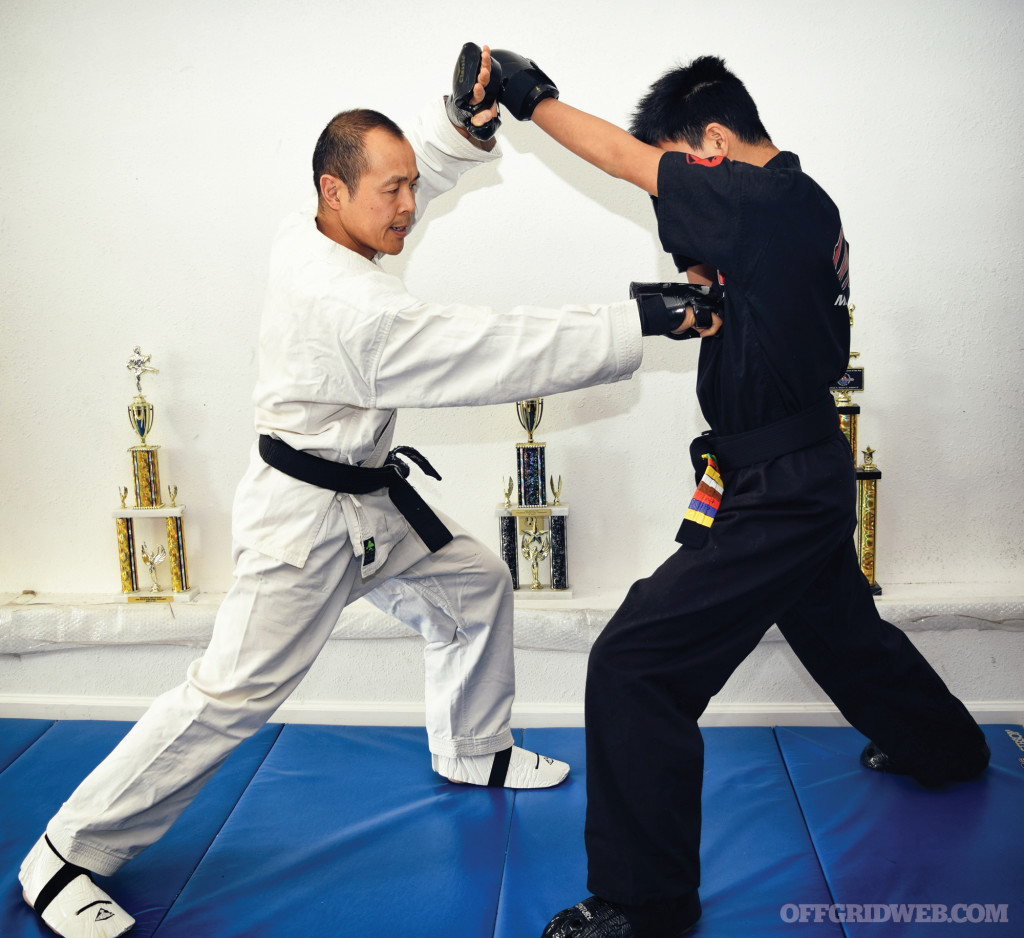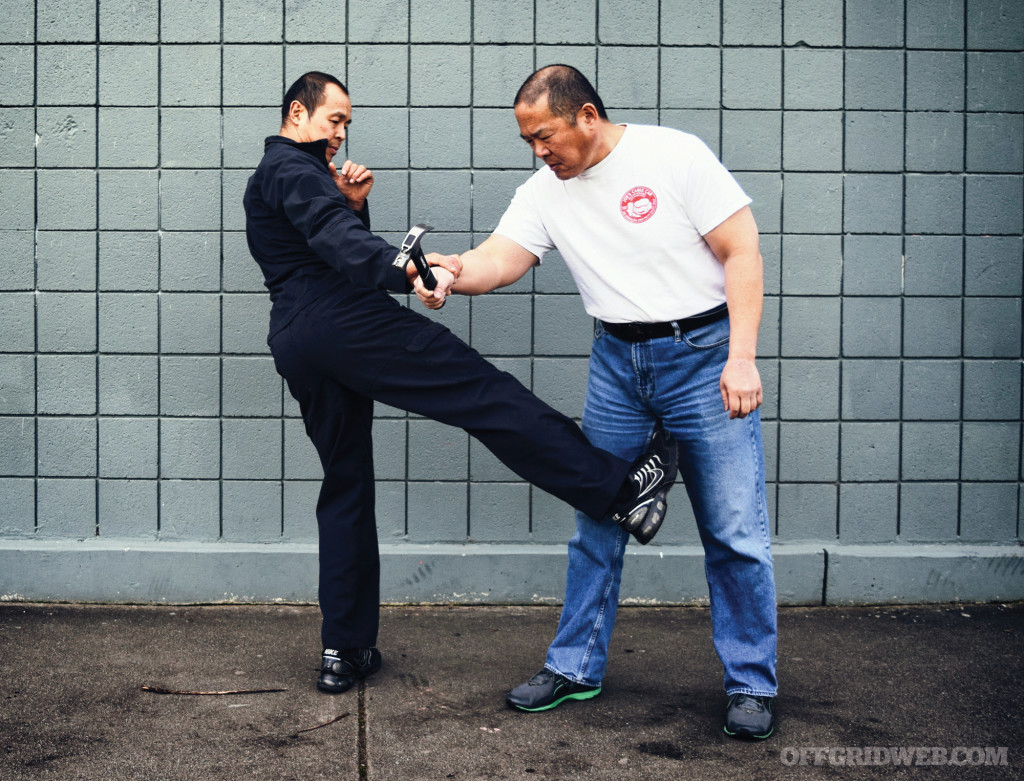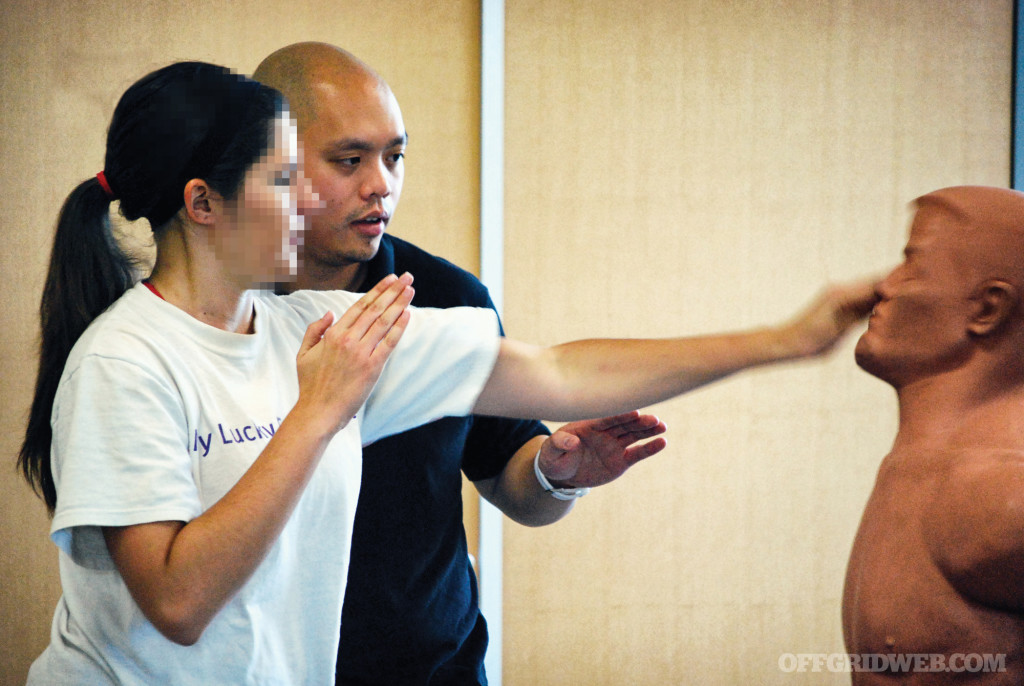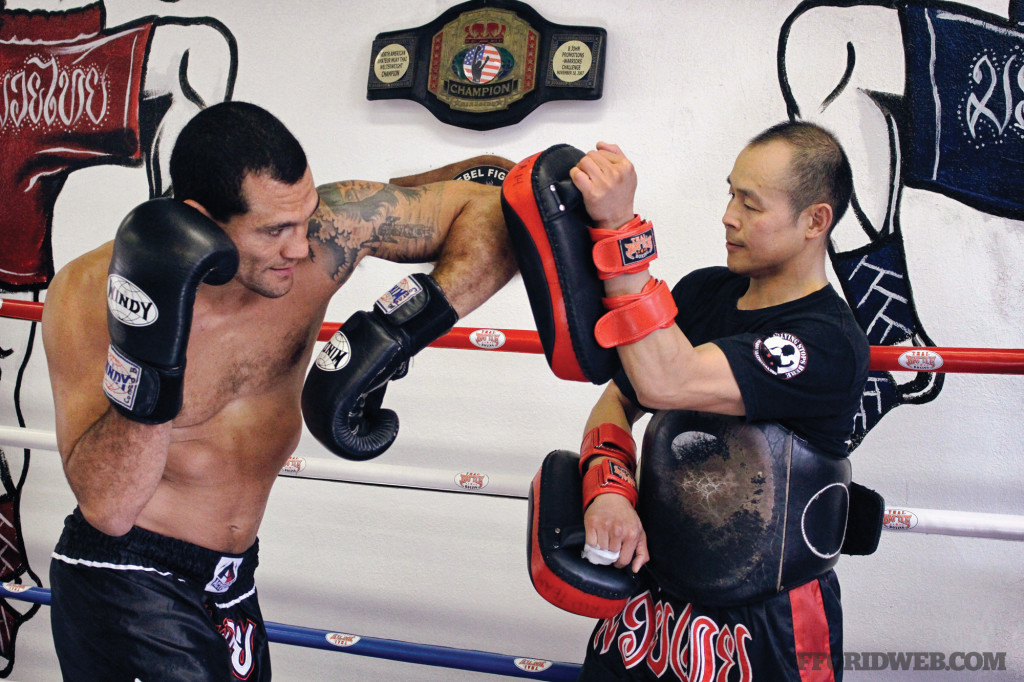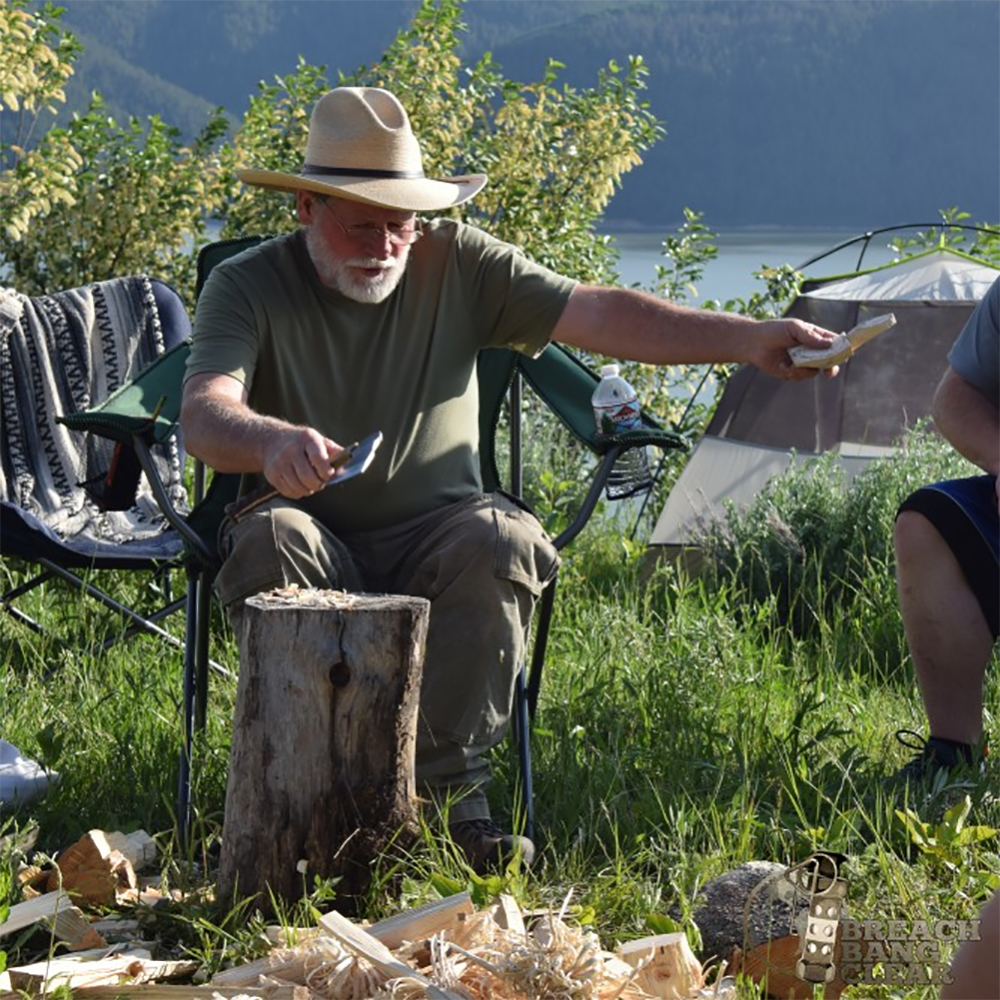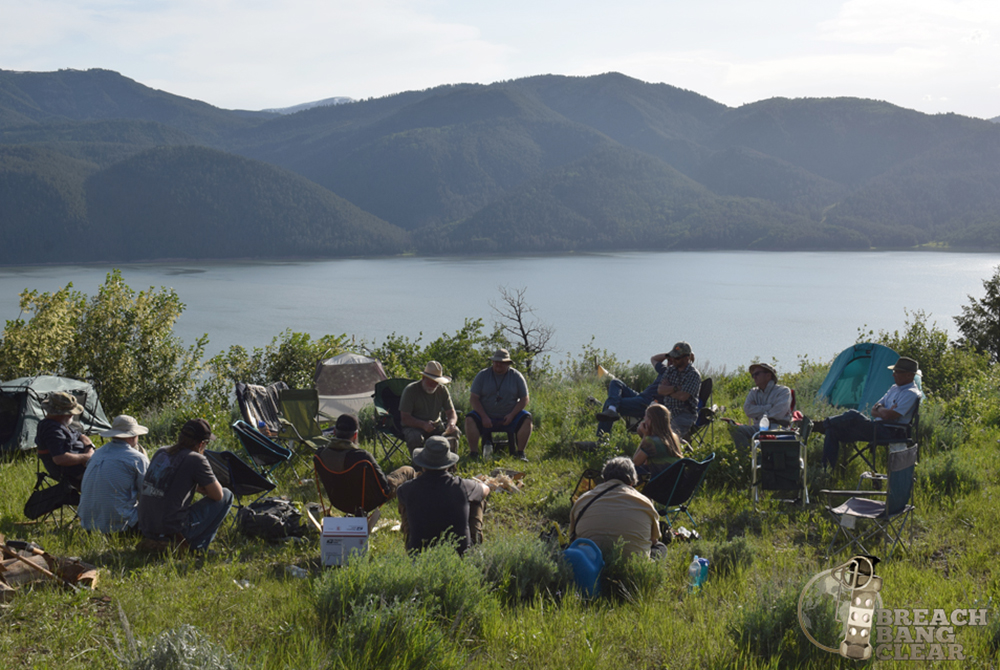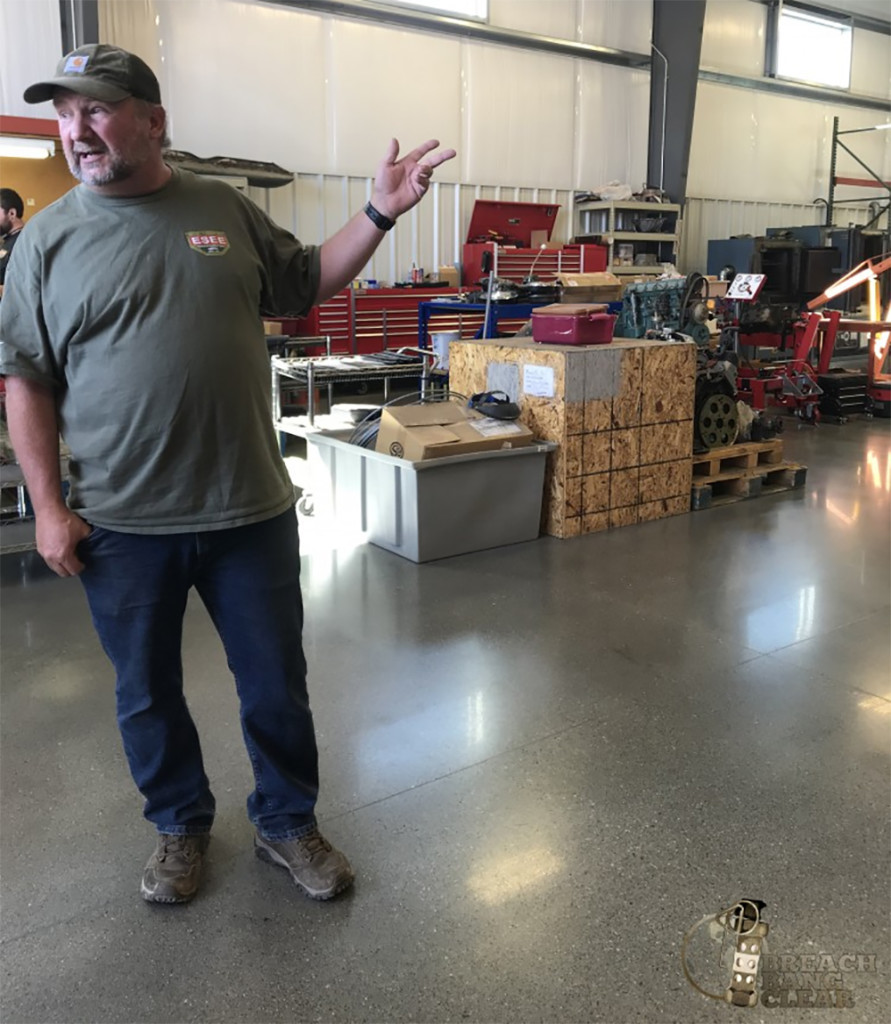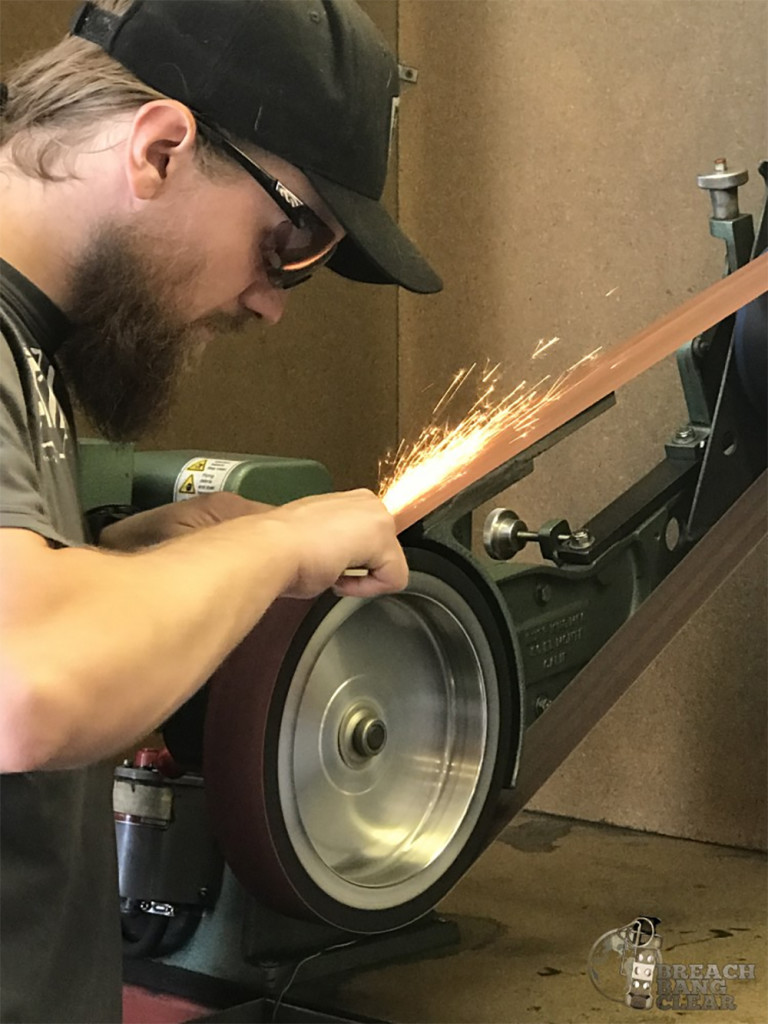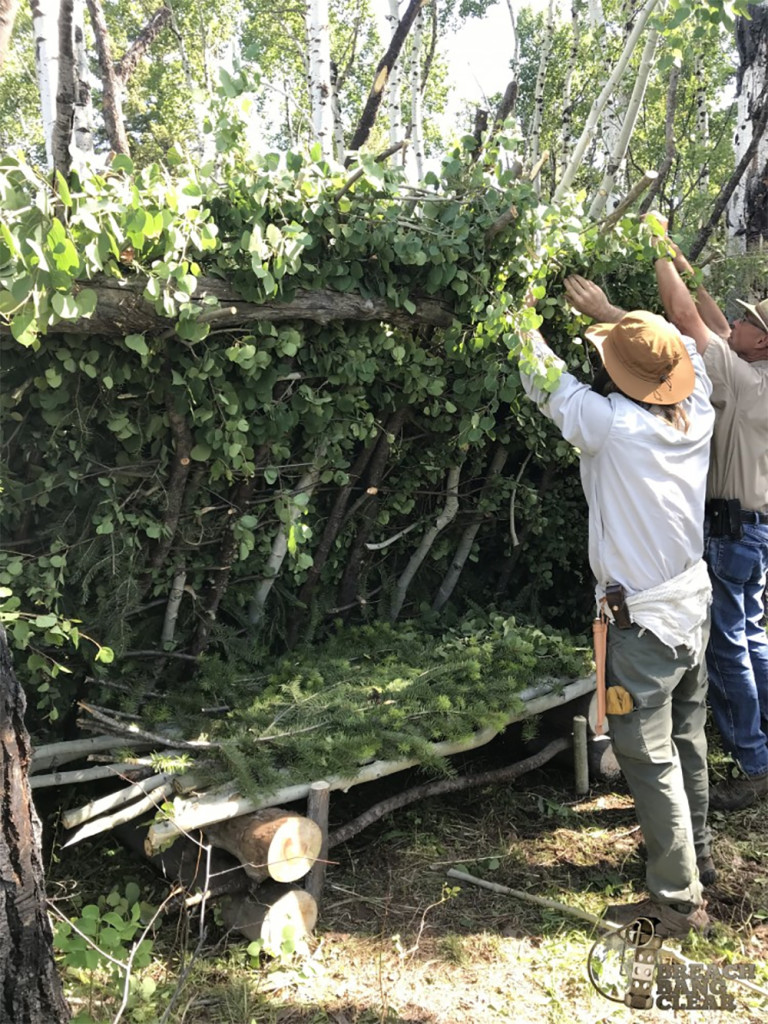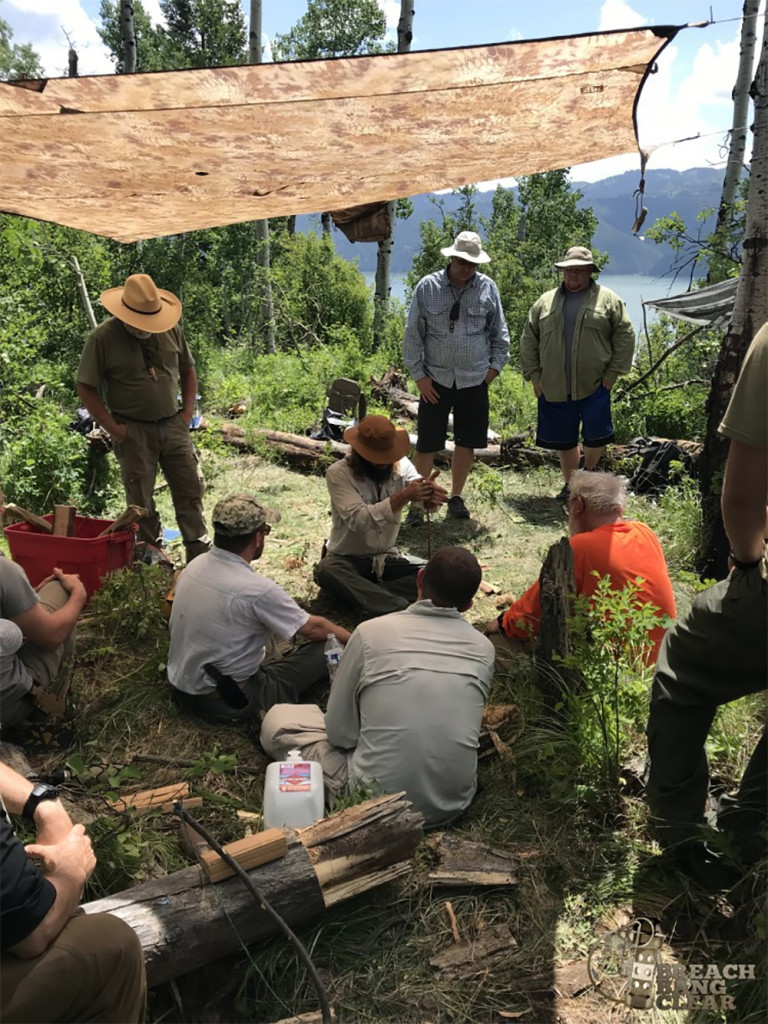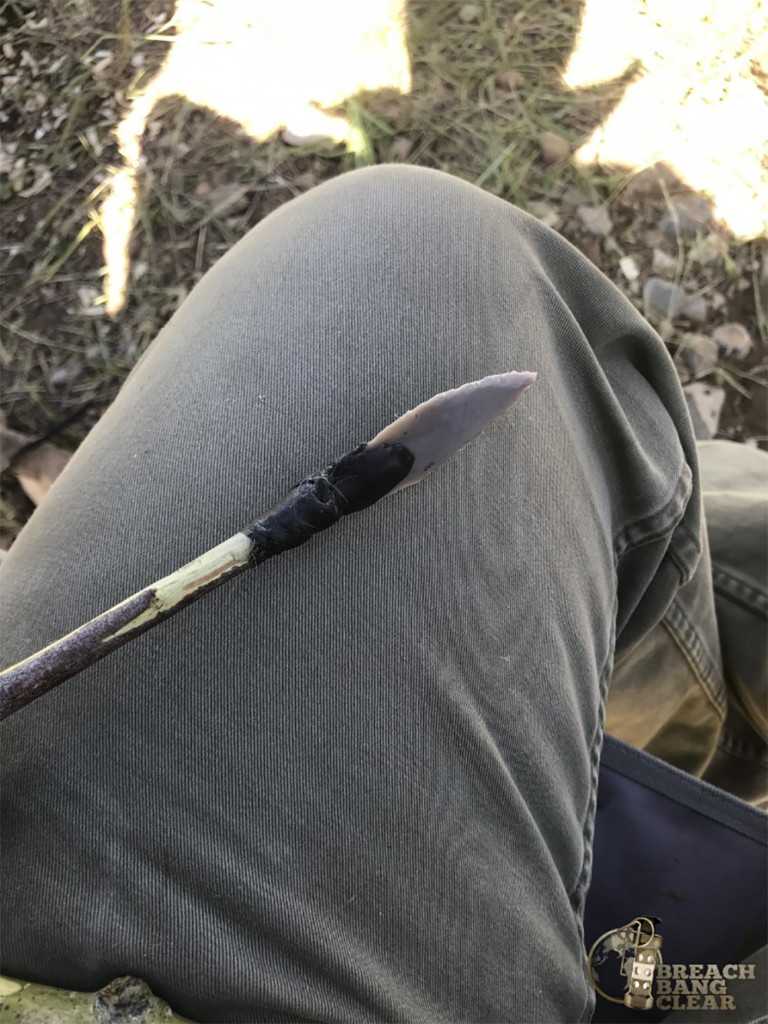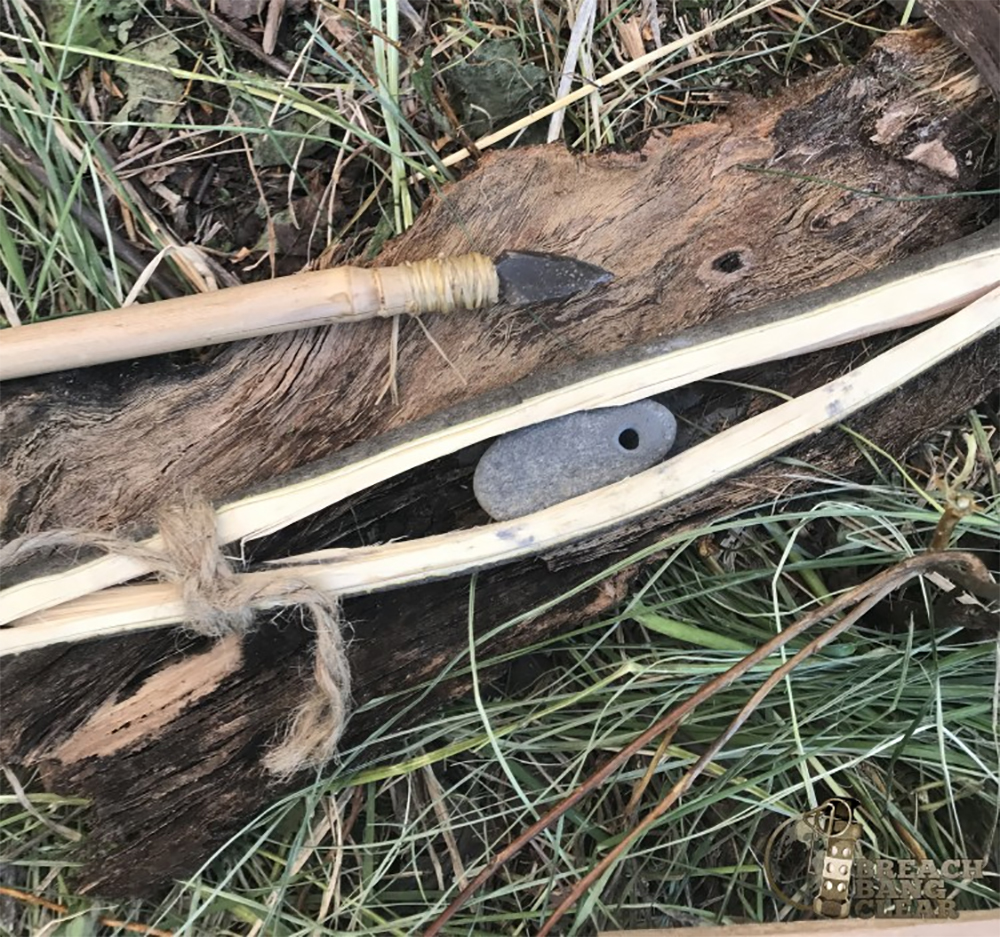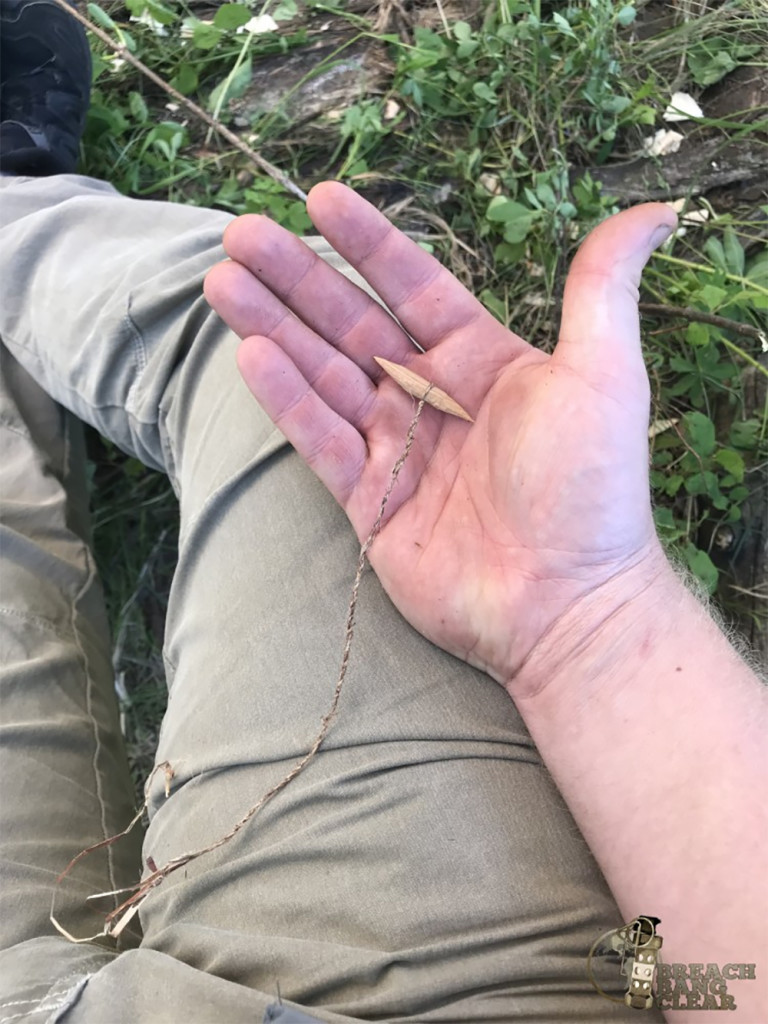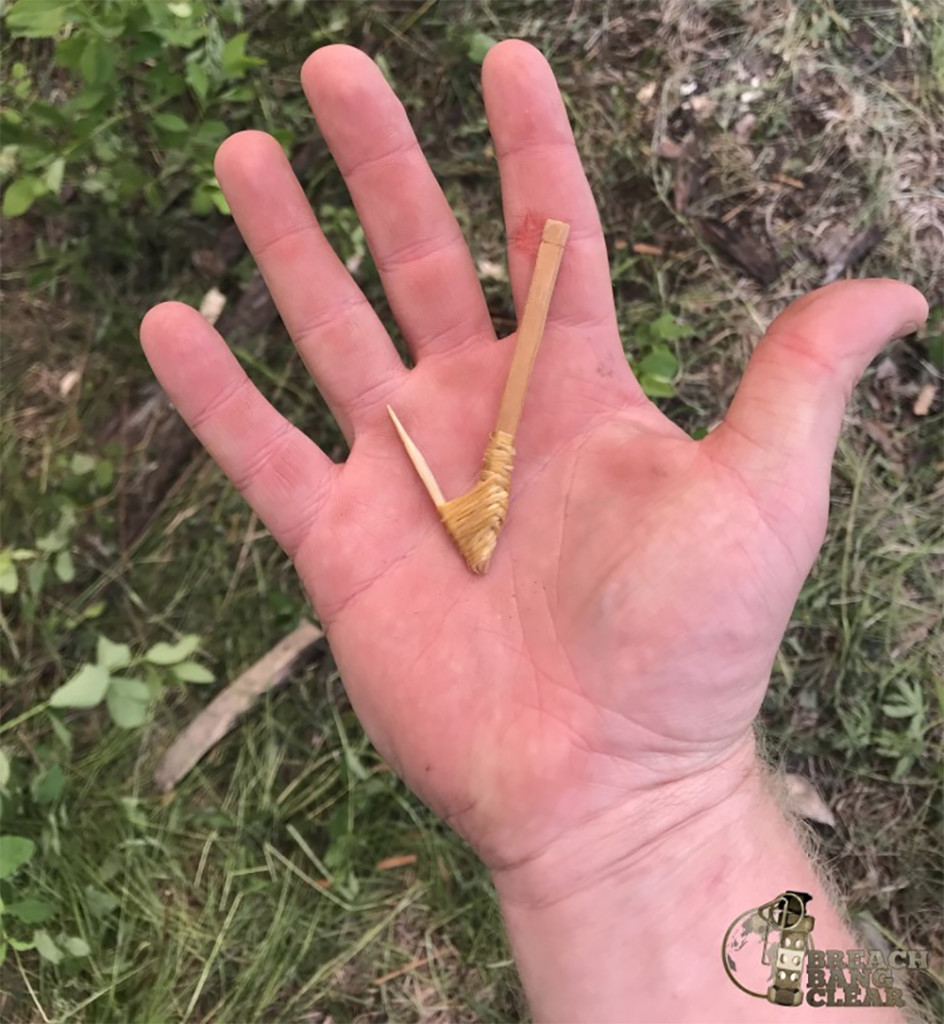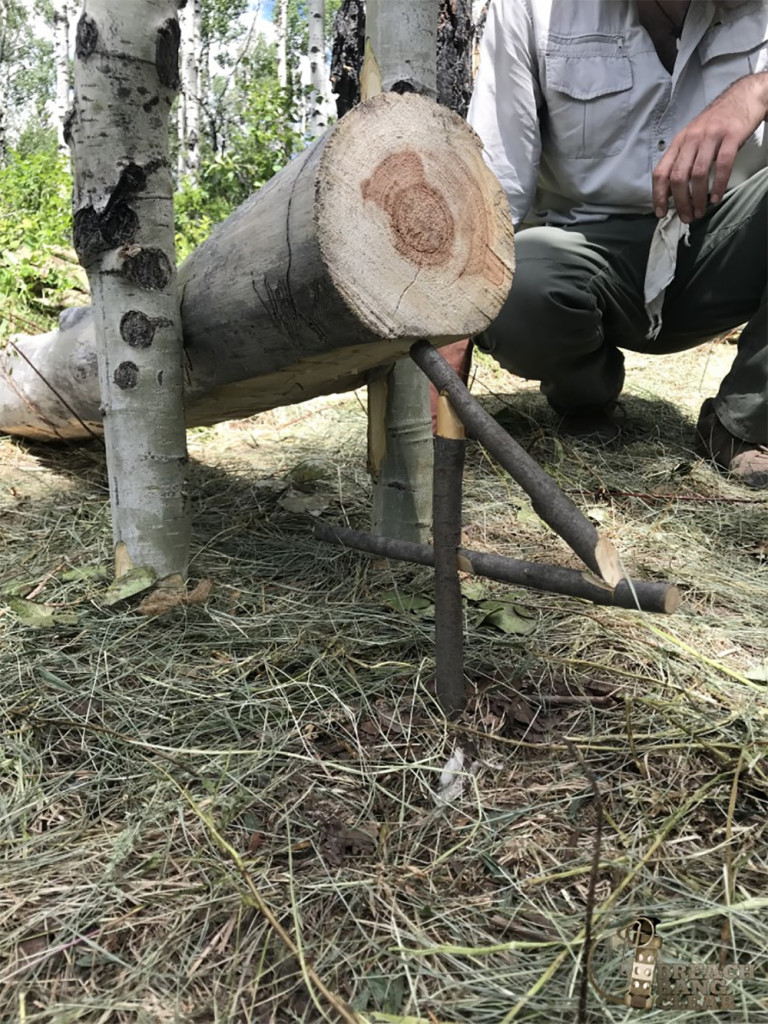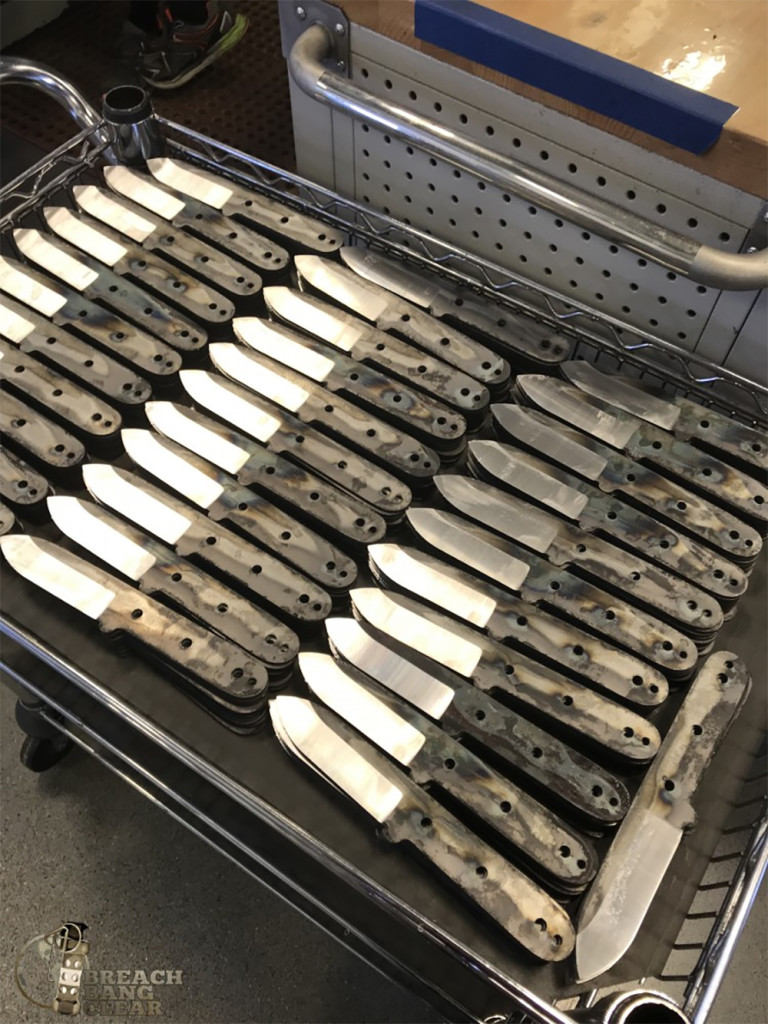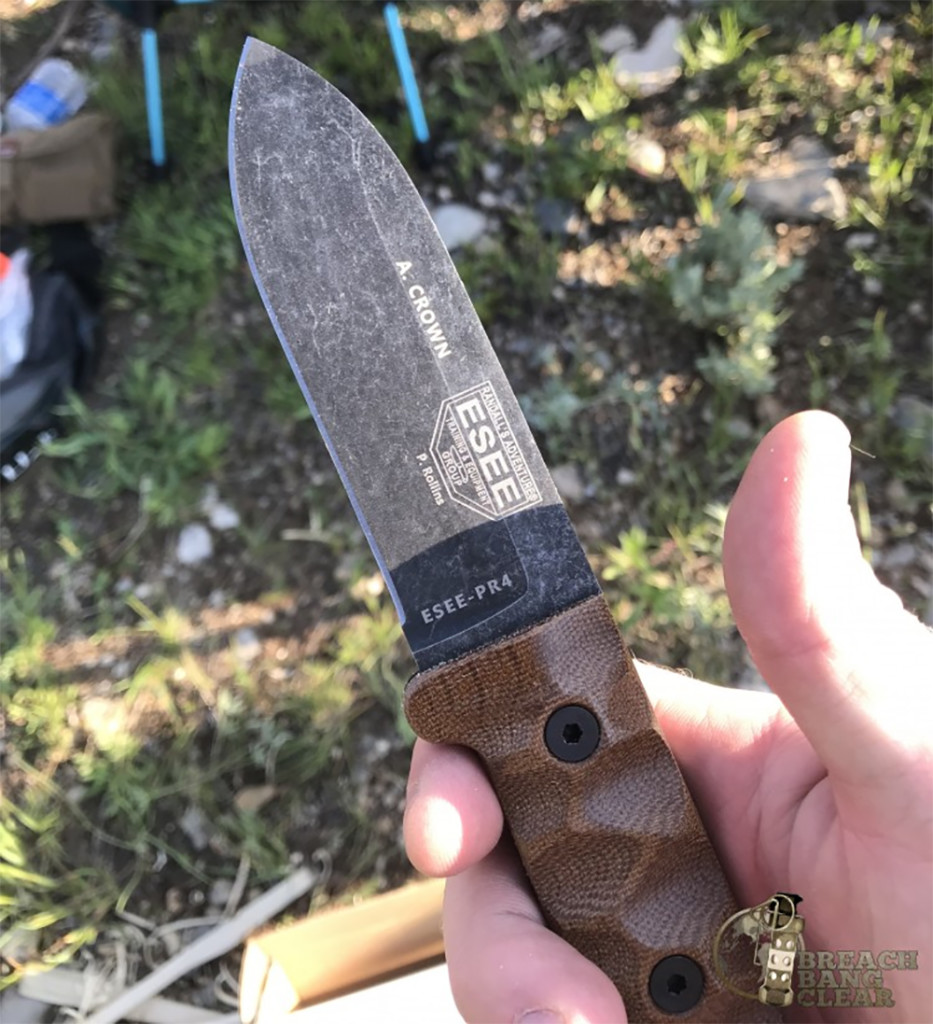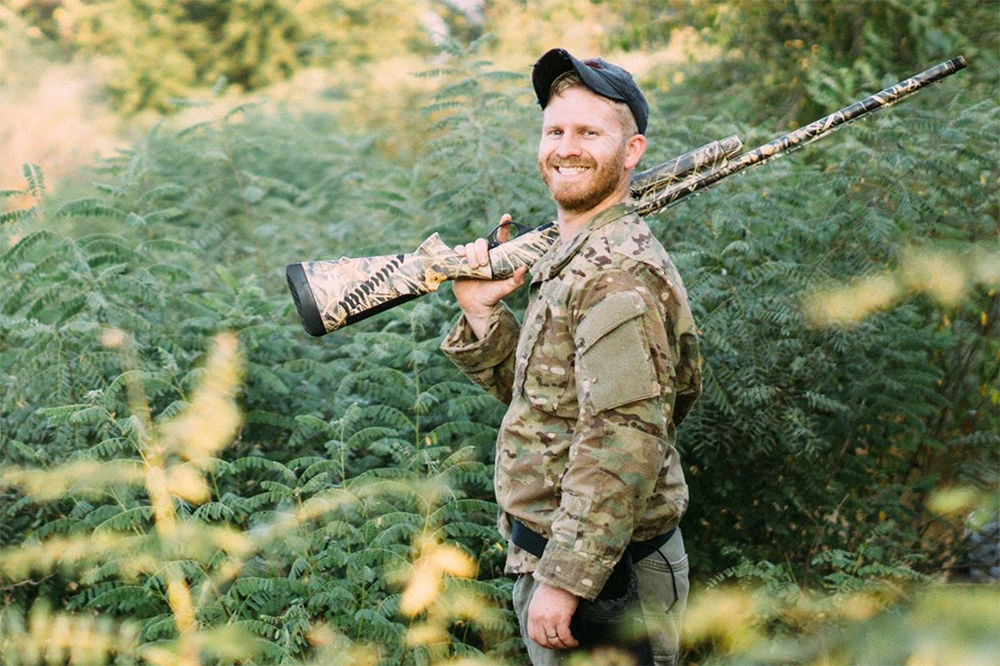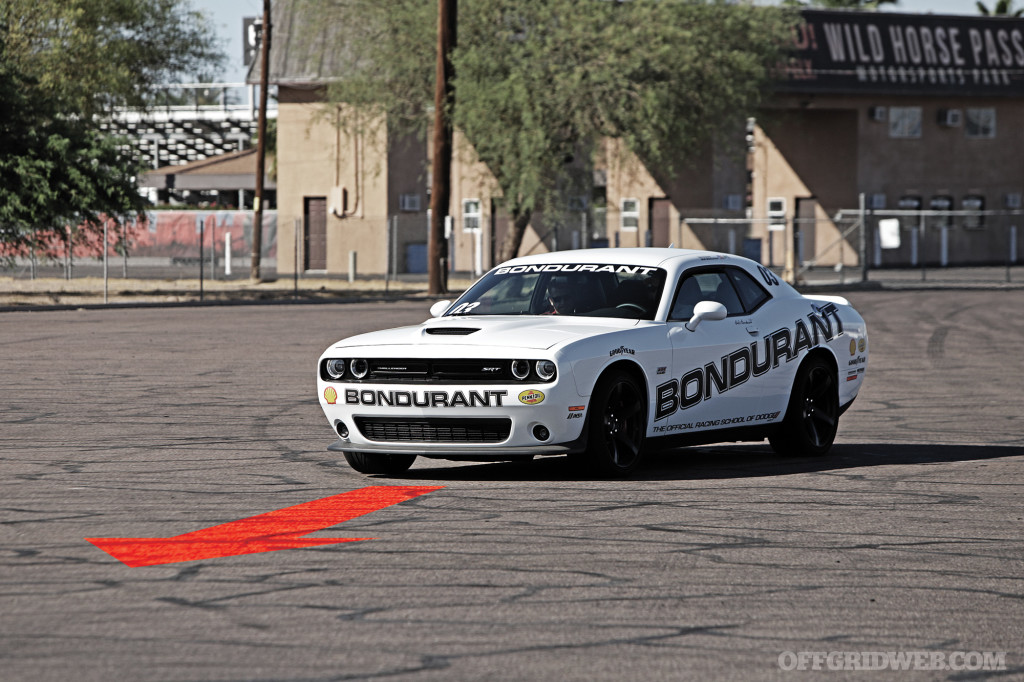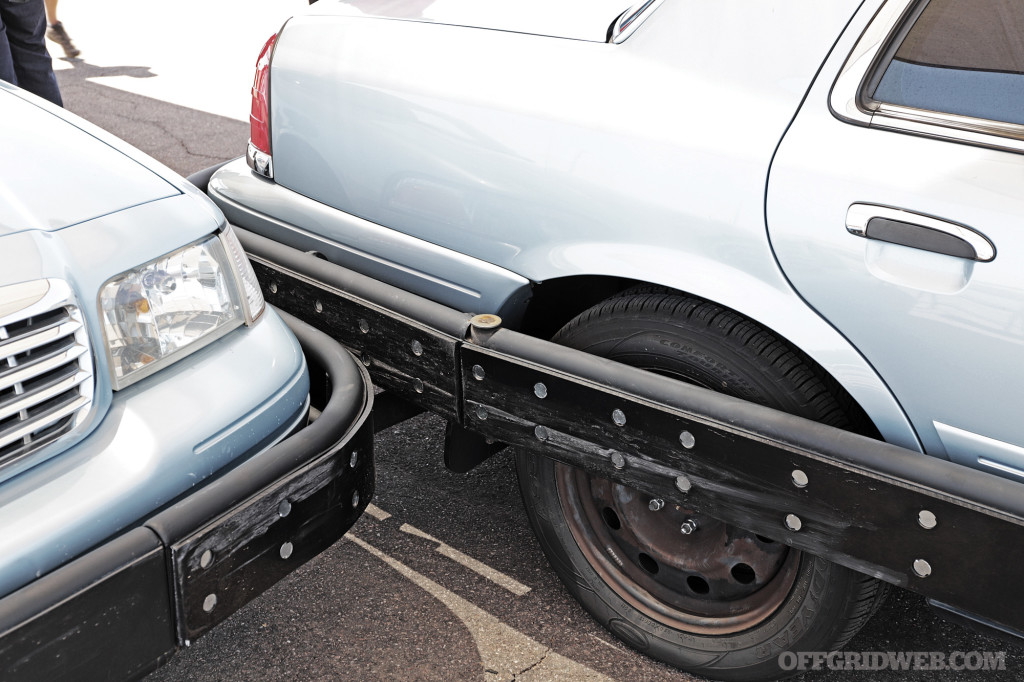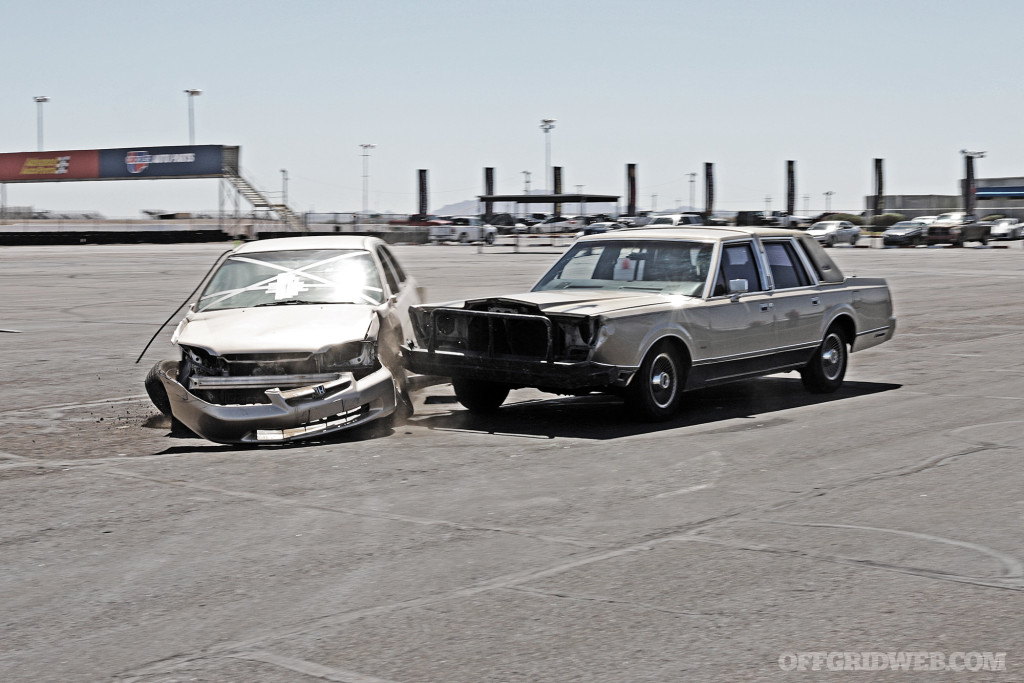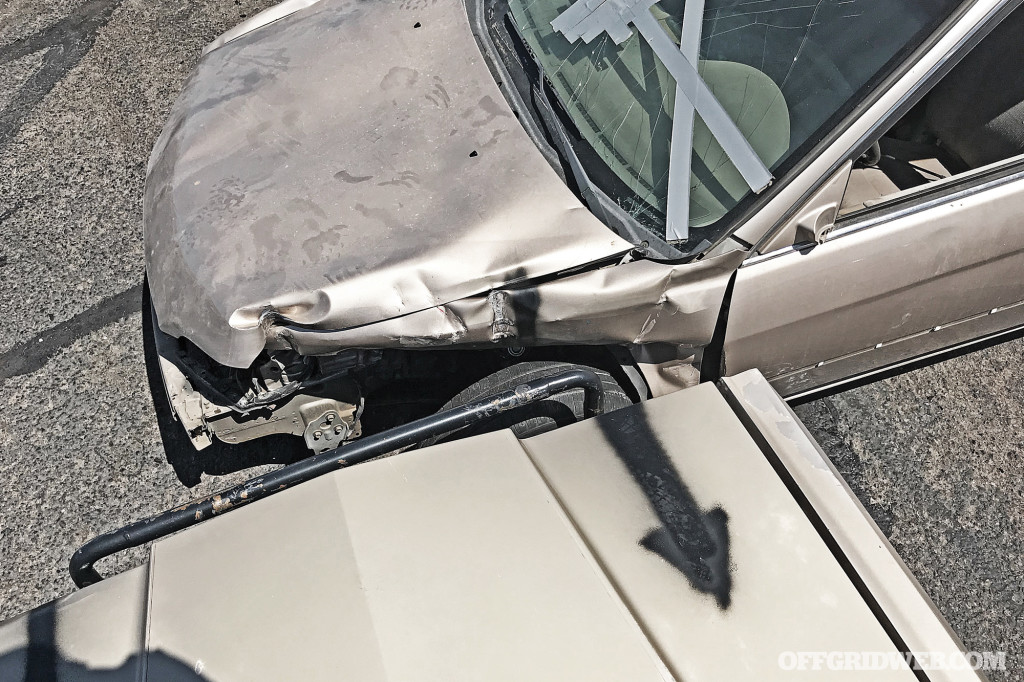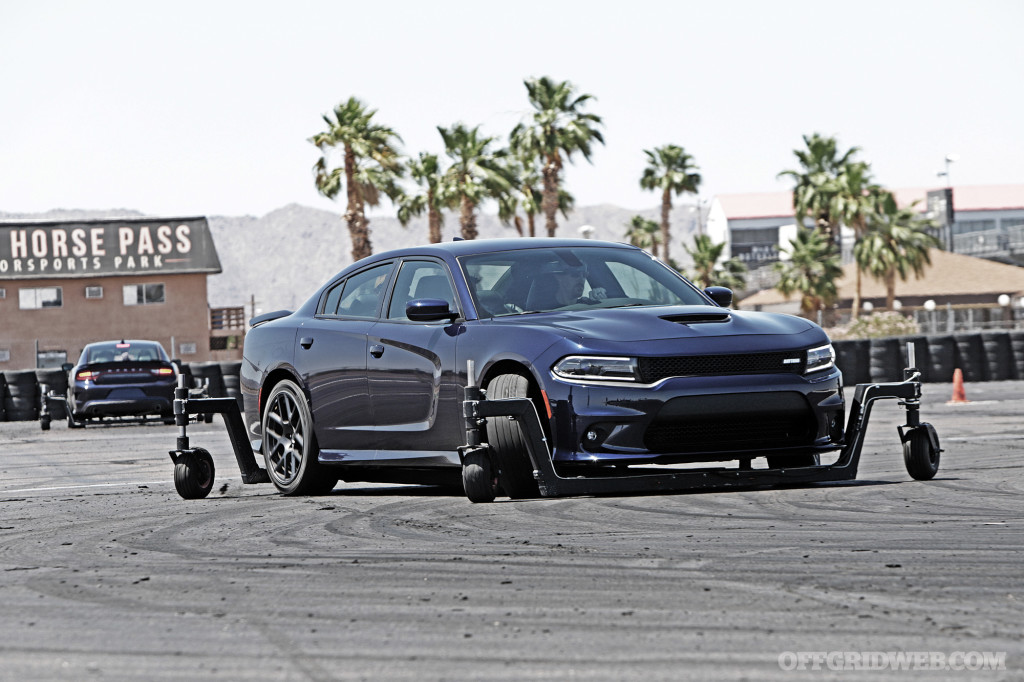Photos by Mark Saint
You hear the expression “came from the school of hard knocks” a lot when people discuss why potentially good folks lost their way. Many times that promulgation is meant to suggest that an individual’s path in life is determined more by nurture than nature. No matter where you fall on that argument, Thomas Coyne is one of those rare outliers who had many opportunities to acquiesce to the violence he saw, but instead chose to help the little guy.
Coyne didn’t have much in the way of good role models, and saw how many others let the negative atmosphere they were exposed to become a part of their programming. Even though many might think the odds of Thomas overcoming the adversity surrounding him were low, he didn’t subscribe to any credo other than “your life is what you make it.”
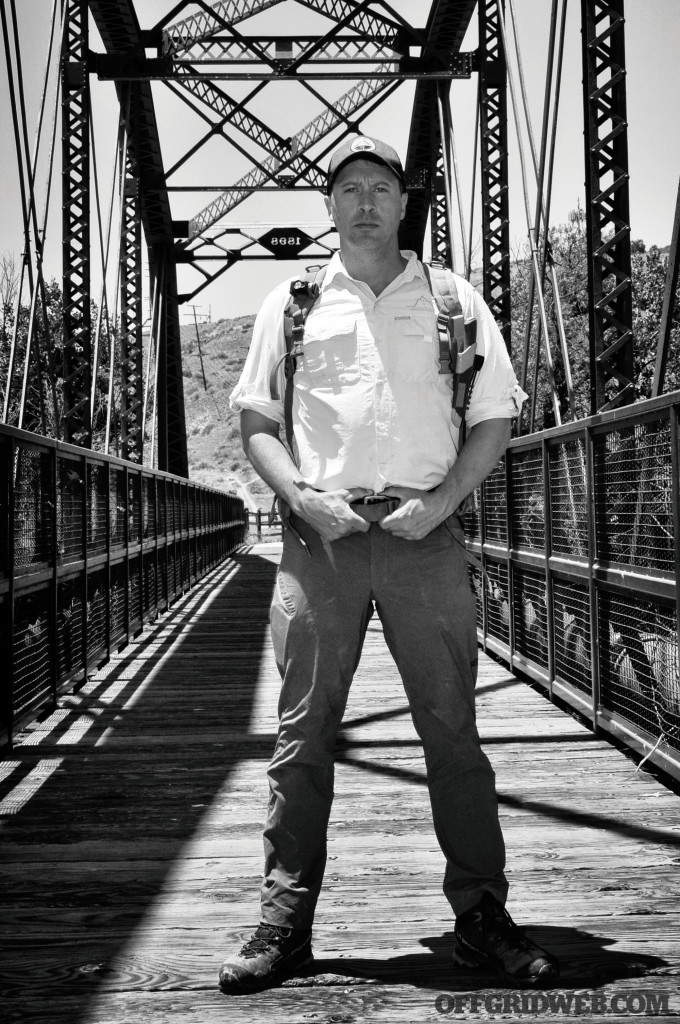
If you went by his résumé alone, you’d be astonished to think he’d ever been subjected to anything but heroics during his childhood. From firefighting, helicopter rescue, search and rescue, and disaster management training, to founding Coyne Survival Schools (formerly Survival Training School of California), Thomas has put himself in harm’s way and shown how much you can do to change your surroundings for the better — if you want it badly enough. If we had one takeaway from our interview, it’s that Thomas isn’t about to rest on his laurels. He’s still looking to make a difference and teach others to turn struggle into success.
Our Interview with Thomas Coyne
RECOIL OFFGRID: Where did you grow up?
Thomas Coyne: I actually kind of grew up on the road. Believe it or not, I went to 18 schools growing up. I had four or five different high schools, so I grew up bicoastal, you could say, between Philadelphia and Los Angeles.
So how did that affect you with having to move around all the time?
TC: I became my own person. Usually when a person is introduced to their social environment as a kid, you adapt to fit in at school with whatever crowd, but if you’re going to all these different schools in different cities with different people, you have to build up a personality independent of what others think about you. So I would say it gave me a personality that wasn’t based on social norms or what people think you should or shouldn’t do. It was based on my own judgment calls.
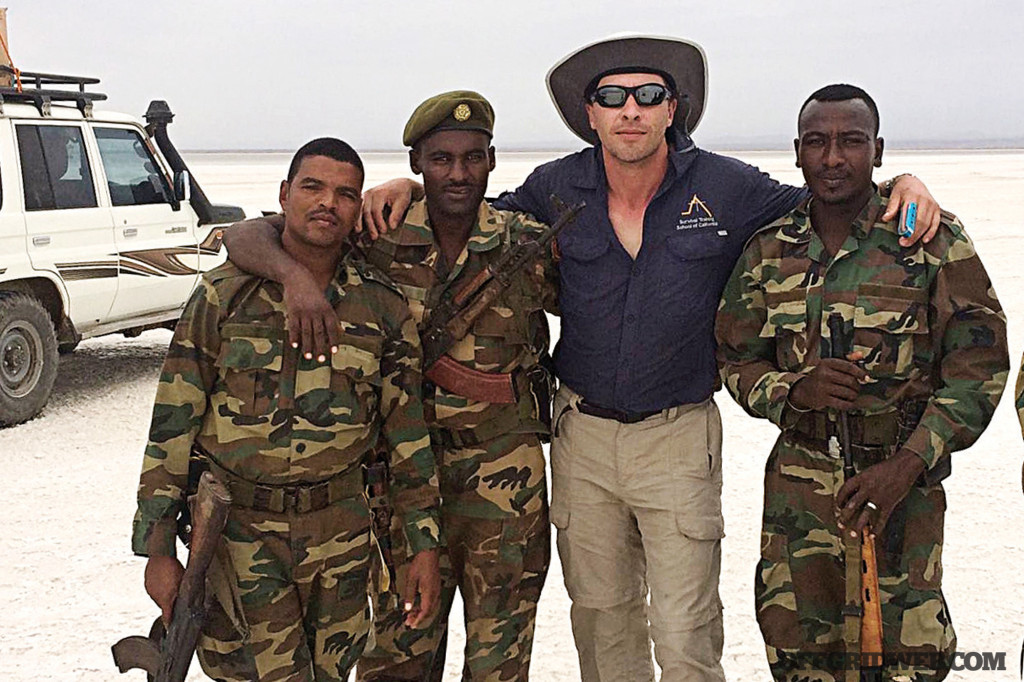
Thomas with his Ethiopian military escort, desert survival event, Danakil Depression.
Once you got out of high school, what did you do?
TC: I got a job with the state working at parks and doing natural resource rehab at the redwood parks up by Oregon. And then I went into wildland firefighting from there.
What made you want to become a firefighter?
TC: As a kid I wanted to do big things. I watched a lot of action movies, and growing up in some of the neighborhoods I did, I saw the need for heroes in the world and people who’d look out for each other. I always wanted to do something to make a difference, and when I was working with parks, I learned to love nature, even though I grew up pretty urban. Getting out there in the parks gave me that.
When you work with the state in California and you’re in anything like parks or any kind of field operating with natural resources, once fire season comes you have an opportunity to go work in the fire camps, depending on what your capabilities are. So I ended up working in a fire camp, getting overtime, seeing the firemen, and I was like, why am I sitting here in the camp and these guys are out fighting fires?
I was going to junior college and trying to get all my general education done so I could transfer to a four-year college. Some colleges with fire science certification programs have an on-call crew, and I got picked up there. Then, the ball started rolling, I got into fire line leadership, and for the first time I found something I really, really loved.
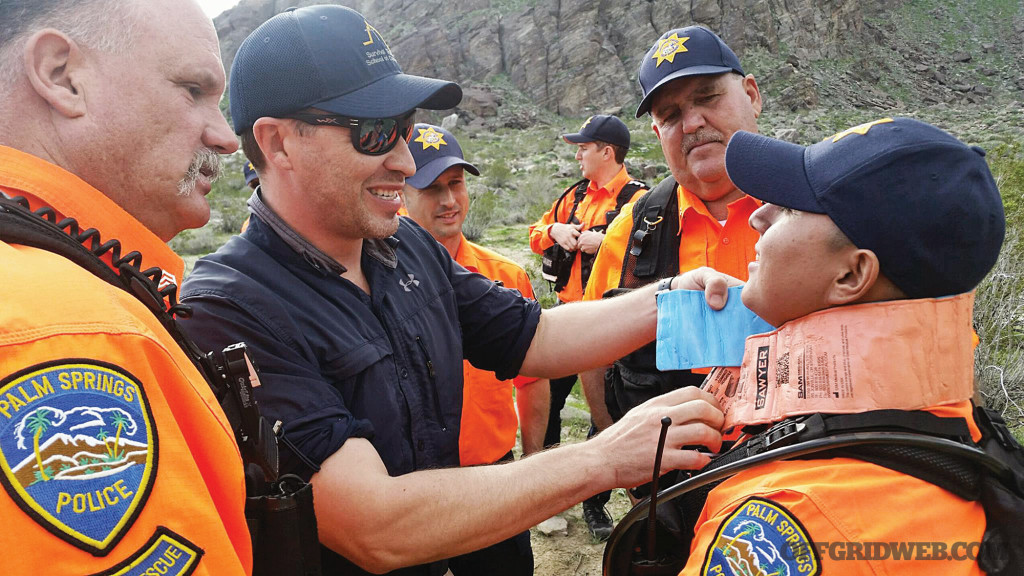
Teaching Palm Springs Mounted Police wilderness first aid.
What did you enjoy about it?
TC: Having that bell go off and you have to run out to the helicopter, people counting on you to be there — and not just for you to be there, but for the best version of you to be there. The in-shape you, the clear-headed you, the well-hydrated, good-decision-making you to show up and take care of them. I was always trying to better myself. Being a young guy as well, the thrill of almost dying, taking near misses, and getting injured while getting out of helicopters. To be able to lead people into situations like that — I just kind of naturally gravitated toward that role.
It’s not like I asked for it but was always thrust into a leadership position in every crew I was on. They saw my dedication, the way I worked, my attention to detail, and they always wanted me to be in charge of the most critical things. Like I’d be the crew EMT because we’d have to be self-sufficient for 24 hours if you’re a Type 1 resource like Hot Shots or Helitack, so I’d be responsible for all the medical gear and medical treatment on the crew. I’ve been squad leader a couple times where I was in charge of my squad and all the crew equipment — the crew vehicle, the firefighting gear; I was responsible for maintaining it and handing it out.
Tell us about the complications of being a fireman.
TC: A lot of firefighting had issues in my day, and it was kind of coming out of a good ol’ boy past. It can’t just be a bunch of good ol’ boys cutting fire lines once in a while. The fire seasons are horrendous. You had firefighters with high-level capabilities, but you still had a lot of the good ol’ boys holding us back.
I was having things occur where I had to scream at my crew. I remember I went to a fire where we flew in with the superintendent, the second in command, the third in command, the lead firefighter, and me. They tried to abandon the fire because they heard there were people coming eventually to relieve us, but they weren’t there yet and they wouldn’t be there for hours. They came and told me that if we didn’t leave the fire then, we wouldn’t be able to go get a hotel room and we’d have to sleep on the ground near the fire. I enjoyed that kind of thing, and I was there to get some. When I heard that, I flipped out and started screaming at all of them, and I made them get back to work. I made them cut line until we got relief. When they told me the relief was there, we got in the helicopter and flew off, and when I looked there was no relief on the ground and the fire grew by 20 acres in between us leaving and the next guys getting there.
On another assignment on a fire where a whole engine crew had just been wiped out in Esperanza [the Esperanza fire was in California in 2006 and burned over 40,000 acres], we had a state-of-the-art prototype four-wheel-drive fire engine — there were only a few in existence. They put us down these sandy roads in an area around houses, because they knew ours was the only vehicle that could get there and if a spot fire got out of control it’d burn more neighborhoods. We got the call for the spot fire; we got up to the fire, and my engine crew refused to engage. So I left them and cut fire by hand until it was suppressed and coordinated with the helicopters that were dropping on it.
Actually on that one, a local chief overheard our radio traffic and was in the area in a four-wheel drive truck, because he was scouting that area for spot fires. He came barreling down the road, came up to my engine, and asked me where he wanted me to have him cut line. He called my engine and asked if they were coming over, and they came over. So my engine was on a fire where a whole engine crew had just died and thousands of homes were burned, and we got an assignment to make sure more homes didn’t burn.
When the fire came, they were too scared to engage, so I engaged alone without a vehicle, without water, just a hand tool. But when the chief came and asked if they were coming over, they didn’t want to get in trouble, so they came over. They didn’t care if I burned to death, but they didn’t want to get in trouble from the chief — that was more important. And the thing is, my acting captain that day told the crew they couldn’t go over and that I was already dead. My crew later apologized to me and told me what he’d said.
Enough sh*t like that happened, where I was like, I’m gonna be my own leader. On the way to the fire in Big Sur about 10 years ago that almost overran Carmel, our helicopter was supposed to be the first on scene for what’s called the initial attack. You call 911, 911 calls our helicopter. They forgot to refuel the helicopter that morning, and our helicopter ran out of gas on the way there. They had to set down on the side of the freeway. God knows if that fire strike could’ve been stopped because of that or not. I’m not there for that sh*t — helicopters running out of gas and guys wanting to stay at hotel rooms.
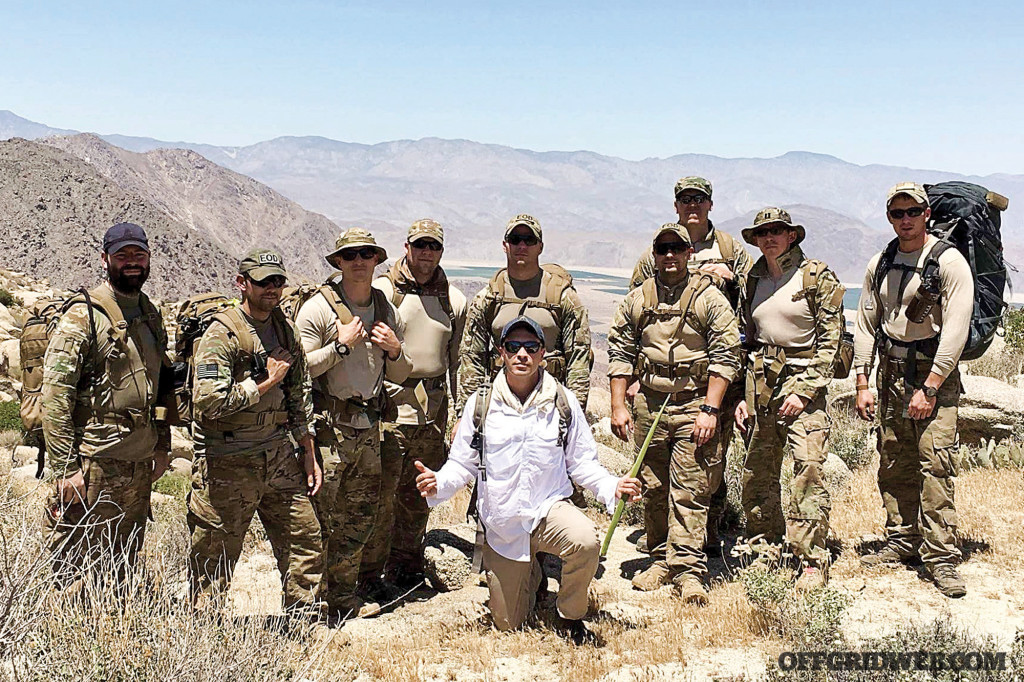
Teaching an Air Force EOD unit on a seven-day private survival course.
You talked earlier about growing up and recognizing the need for heroes. What were some of the experiences that made you feel that way?
TC: I grew up with extreme poverty and violence. A lot of my brothers and sisters were involved in organized crime. I lived in really bad neighborhoods and had a family who engaged regularly in that violence. You see people not getting a chance. You see your neighborhoods are heavily patrolled by police, and you get talked to like sh*t. If you do something wrong in your neighborhood, you get the book thrown at you. It seemed like there was no one looking out for the little guy in a lot of these places.
If you called 911 in some of these neighborhoods, it could be hours before someone came. You see people getting beat down, shot, stabbed, and survival of the fittest. It was where the toughest guys make the rules and no one even wants to try anymore. You grow up in these neighborhoods, and you might see some older person with a tumor on them or with some horrible condition. And they just sit there and rot because they can’t get medical care and no one gives a damn.
I always had compassion for my fellow man. I never understood my family’s choices or the people around me when it came to that kind of activity. Don’t get me wrong, I was a little badass too sometimes and did some dirt, but I never understood the choice of that as a lifestyle — to one-up people like that. Maybe it was a bit reflective too. When I was seeing women or kids getting beaten and you’re too small to do anything, you think, OK, when I’m a man I’m going to do something.
So many people repeat that same pattern after they grow up that way. What do you think it takes to go the other direction?
TC: I was a 100-percent latchkey kid. I had four sisters and three older brothers at least 10 years older than me. I had a million aunts, uncles, and cousins I couldn’t even name. My parents were never married. Dad died when I was young and was never around anyway, so I had all this family who never took an interest in me or gave me any guidance. If I signed up for sports, I had to sign myself up. I’d walk myself to games. Any interest I got into I had to find a way to do it without any support. My parents would always push back and be like, “Why are you doing that? You’re a loser.” Or “It costs too much money.” Or whatever, so I never really felt like I was a part of my environment.
With my family doing their own thing, not really caring about where Thomas was, I never felt like part of the family. I didn’t want to be like the people I was surrounded by. I wasn’t embraced and guided, so it wasn’t like I was sucked into that lifestyle either. I was very impressionable as a young man. When you’re a young man with a single mom, you want love, you want family and all that, but if I had people who took care of me in a bad way, I probably would’ve gone that way too. Since I was left to my own devices, I didn’t like the people or my environment. I guess I wanted to dance to the beat of a different drum.
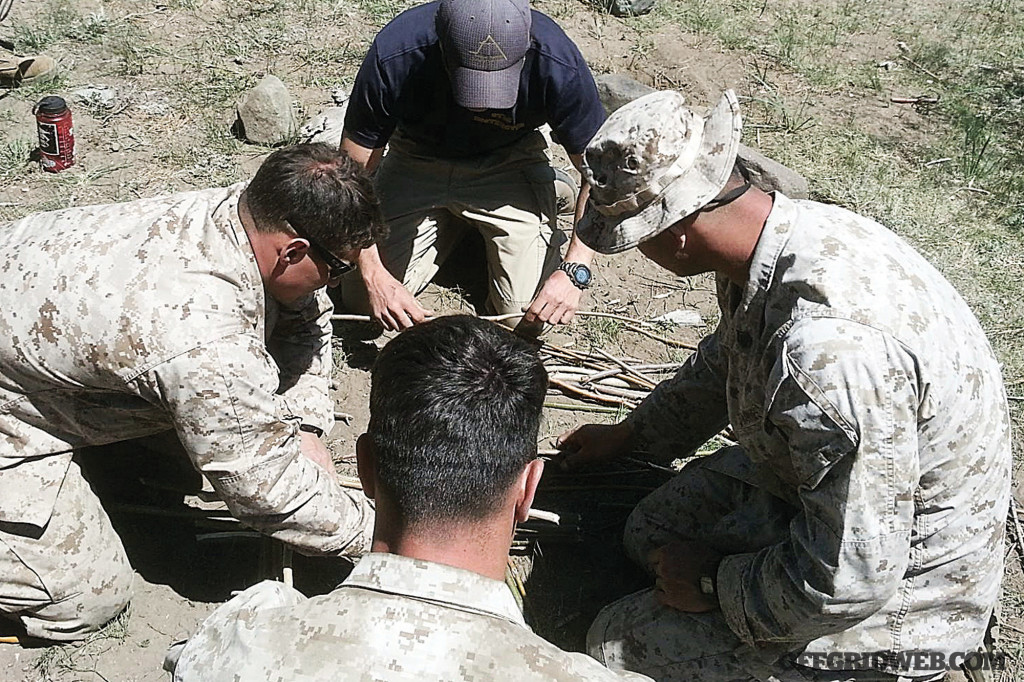
Teaching at the Marine Mountain Warfare Training Center survival and sniper instructors at a ten-day event.
What was your vision for what you wanted to teach when you started your business?
TC: First off, excellence was everything. We wanted to be the best at it and wanted to offer it in a way that it hadn’t been offered before. So a big thing with us was having the best field training. We wanted to be the guys who could take you anywhere, in any conditions, with the least amount of gear, and teach you how to exploit the landscape. The most hard-core field school was really the vision.
This was the only thing that I was capable of starting a business in that I had a skill set and knowledge for. I get calls from military commanders, special operations teams, and now various law enforcement departments. Training LAPD’s EMT instructor cadre and other groups like that. It’s weird, man. It’s taken on a life of its own.
What do your courses primarily focus on?
TC: Our training focuses on providing the general public with the skills needed to survive an outdoor emergency when rescue is far or not coming.
What event or situation do you think the general public is the most underprepared for?
TC: Anything where there’s a loss of communication and they can’t get calls out or media updates. People are really unprepared for anything. Maybe some guys have a little bit of storable food or some sh*tty survival kit they bought from some scammer on the Internet, or they went down the camping aisle at Walmart and put as many $3 things they could into a $5 backpack.
The industry of preparedness is really diseased, so you have a lot of people who know nothing about preparedness, have never been involved in any kind of emergency response, and they open a little Internet store, get some advertisements, and sell a bunch of cheap junk. I’d say 90-percent of your survival kits are junk and will leave you hanging.
It’s not like swift-water rescue or EMT, where there’s a certification process and a national cadre of instructors and people who have experience doing those things. So with survival, anyone can put on an Indiana Jones hat, say, “I’m a survival expert,” and start selling stuff. One of the most popular survival experts right now … what’s his name? Dick Dingleberry?
[Laughs!] Dave Canterbury?
TC: Yeah, he went around he’s telling everyone he was an Army Ranger, and he was never an Army Ranger. He said he’s a hand-to-hand combat instructor and SWAT team guy … never any of those. He pissed in a bag, and held it up at sundown, and claimed he made a fire using it as a magnifying glass. And people eat that sh*t up. And the trolls like that who portray that magical thinking, he’s the visual representation of that, and guys like Dingleberry are the most popular ones out there. And they don’t care if you’re using the last bit of life you have if they find you dead with a bag of piss.
So you have stuff like that out there. There aren’t a lot of guys like me out there who’ve responded to natural disasters. I’ve literally felt someone’s last f*cking breath on my cheek. When I’m trying to save them with CPR, they’re half ejected out of a vehicle, I’m trying to breathe for them, and I feel their last breath and last heartbeat, I’ll be damned if that last heartbeat is because I gave them bad advice. I don’t care what anyone says, you can’t make fire with a bag of water or piss, but that’s the industry right now and I have to deal with it.
People are like, “How can you say the opposite of every survival manual, the opposite of every YouTube video, and all this stuff I’ve heard is all bullsh*t?” So you see guys go out in the woods with stupid, fake survival kits that don’t work, trying to be like the guy on TV, and they die. I’m trying to give the public an option for real-world outdoor emergency training, not LARPing [live-action roleplaying]. They can go to any other survival school in America and do live-action-survival-role-playing, and it’ll be just as effective as Dungeons & Dragons would be in a real battle. So that’s what we’re working against. We’re working to change the industry.
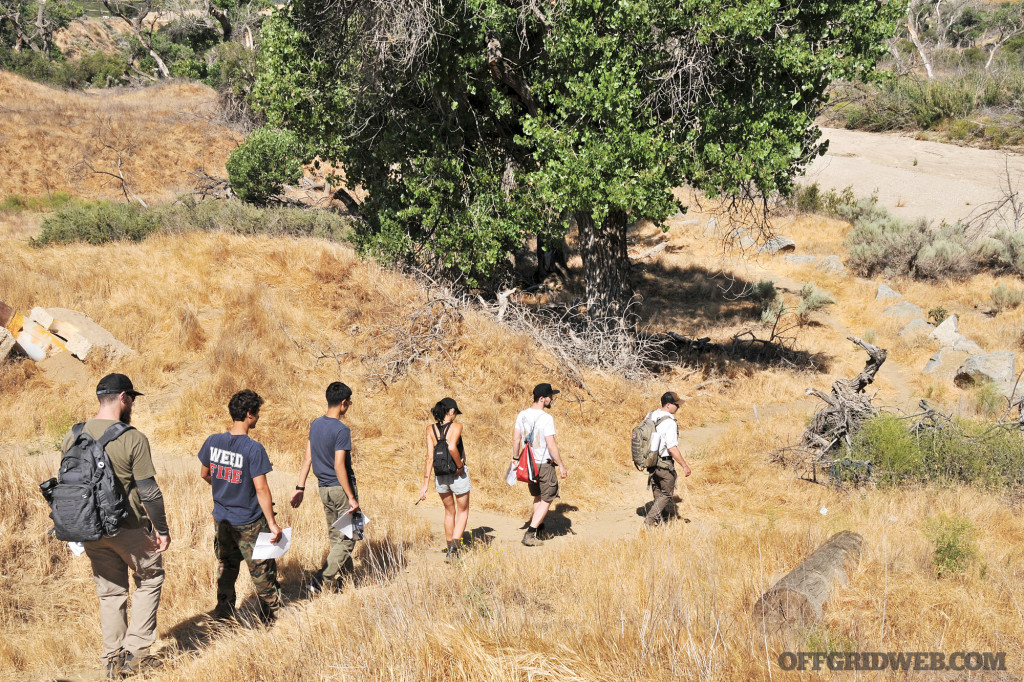
Wild plant identification course.
So what do you think people tend to mischaracterize the most about survival and prepping?
TC: I think a lot of people believe that if they have a big sack of gear they’ll be ready. I’ve had a lot of people come to my school, and when we start training they pull a piece of gear out they’ve had in their kit for over a year. And then they thought it’d be easy to use, and then they don’t know how to use it. So you have a lot of people who have all this food and gear they have and think they’re ready, but they’ve never practiced with that gear or trained in a situation that recreates the stresses of an emergency while using that gear. If you’re trying to use something for the first time in a huge emergency where the world’s on fire, that’s a huge no-no. That’s how they find you dead with gear that could’ve saved your life, wondering what happened.
What aspects of survival do you think people should teach their kids?
TC: Emergency medical care and fire/water/shelter/signal. So the thing about being in the outdoors is you don’t have your microclimate to help you. You don’t have your house, your heater — you have whatever clothes are on your back, which may not be enough. The No. 1 killer in the outdoors is exposure, so the only way to stop that is fire/water/shelter.
And I don’t see schools push signaling enough. That’s so important. If a kid gets lost, they have a minimal skill set and may not have muscle or mental development that we do — but if they build a signal right away, that’s a huge deal. When you get lost in America, we have all these search-and-rescue teams, helicopters flying around, guys on quads out there looking for you, the locals will go out, so if you can do anything to build a signal, you’ll probably only be out there one night. If you teach that kid to build a signal as soon as they get lost, then you don’t have to worry about where the hell your kid is out in the woods.
If you could change the K through 12 curriculum, what areas of survival do you think everyone should learn chapter and verse?
TC: Every kid should have their wilderness first-aid card, and everyone should have a version of our critical skills program. I’m not saying everyone should take ours, but they should take one just like it. A human being shouldn’t be so out of tune with their environment. The modern first-world human is the only animal on Earth that will die from being put in its natural environment.
It’s not right for kids to not know how to be alive on Earth without a big air-conditioned, electrical-grid-attached building. That’s ridiculous. That’s not how we evolved or were created. We shouldn’t die just because we’re not in a climate-controlled, reinforced building. That’s what that critical skills course is about — getting basic weatherproof shelter, basic water location and treatment, basic all-weather fire making, build a signal, and get out. Every human being should know how to do that.
What do you think the most likely survival situation is that people will encounter in their lifetimes?
TC: Natural disasters. Once the grid turns off you might as well be in the wilderness. The wilderness medical care will be more useful than the urban care, because you have to improvise gear and deal with people for extended periods of time. That’s what wilderness medical care is based on. Whether you got caught in a natural disaster that destroyed the neighborhood or you got lost outside, you now need shelter, clean water, and there’s a good chance that you need improvised medical care. You’ll be using the same principles and mindset to obtain and make it work — to purify water, to build shelter, to perform improvised medical care.
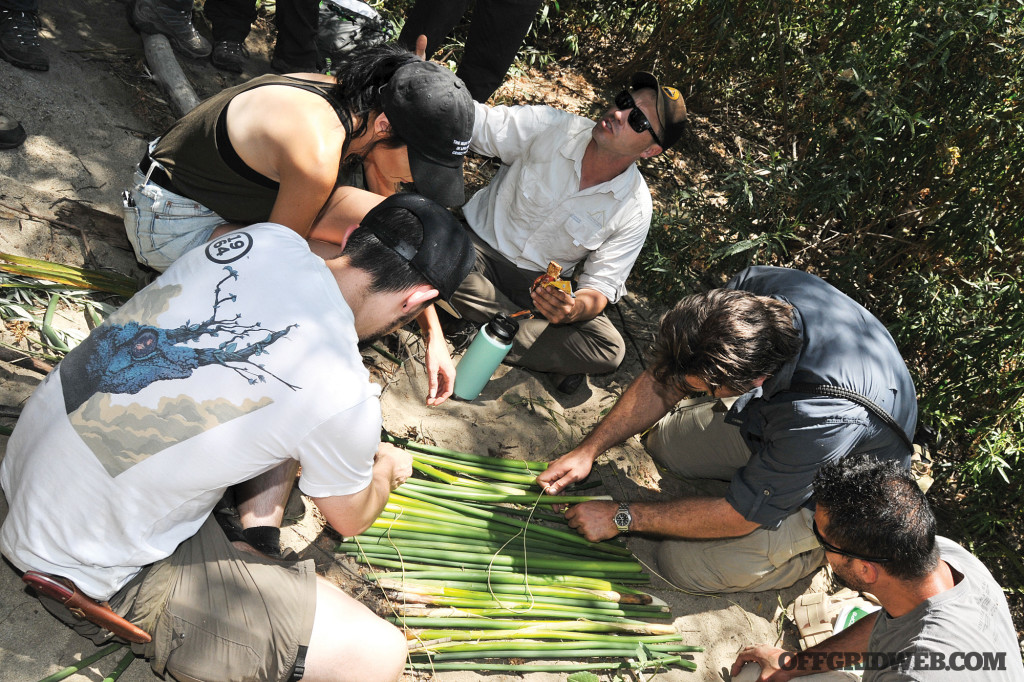
Teaching students how to make primitive flotation devices using local plants.
What do you think the most overrated survival tool is?
TC: The fire steel or ferro rod. It’s one of the worst things to use to make fire during an emergency, yet every survival expert out there is going to tell you to carry a fire steel.
What do you think the most underrated tool is?
TC: Stormproof match. Fire is the king of survival skills. If you have a bad cut, you can just grab your shirt and tie it on there real tight. With shelters, once I show you how to build it, it’s so easy. Anyone can build a survival shelter. In the wilderness, water is either there or it’s not.
Making fire from what’s out there, depending on if you’re hurt or whether it’s wet or not, it might be impossible. If you’re just rubbing sticks or using a fire steel, here’s the thing … fire is the most difficult thing to make when you need it the most. When it’s cold, wet, when you might be injured or hypothermic — it’s the most difficult to make.
You want a signal? Fire is a great signal. You need shelter? Shelter is going to be a lot warmer with fire. You need something to boil water to make it safe to drink? Fire will do that for you. You need that emotional security and morale boost and reassurance that you’re going to make it? Successfully making a fire and sitting by that overnight is going to give you that. It was a big deal when man tamed fire. We have myths and sacred stories about how man was getting fire in ancient times. That’s because it is hard. Hard to do in nature with just nature, so you’ve got to be ready.
Interesting that a guy who once put out fires is now teaching people to make them.
TC: [Laughs] Well, you could say I’ve seen how it’s done.
About Thomas Coyne
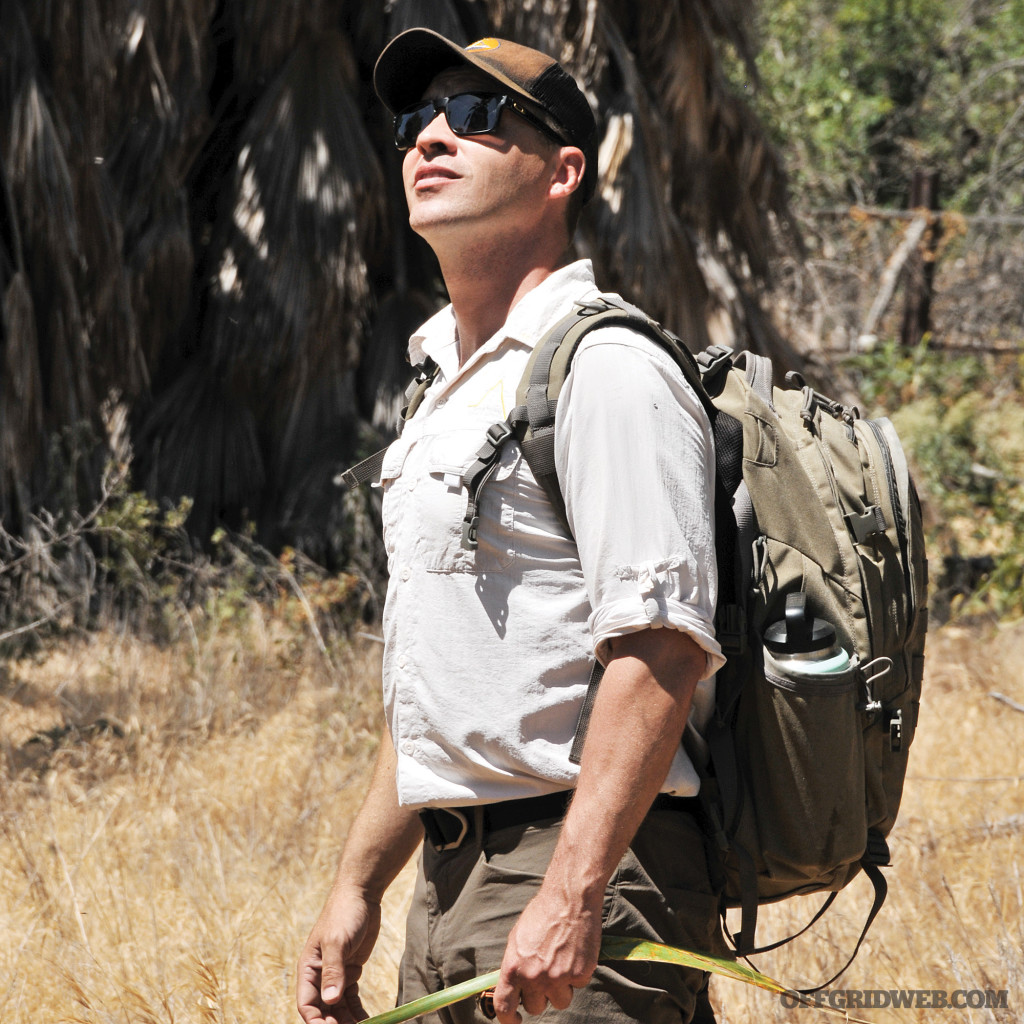
Age: 39
Hometown: Philadelphia, PA
Tom’s EDC:
- Maxpedition Xantha
- Victorinox Trekker
- ESEE 5
- Mora Bushcraft
- Suunto MC-2 global
- Trauma kit w/Medihoney calcium alginate dressings, Celox hemostatic gauze
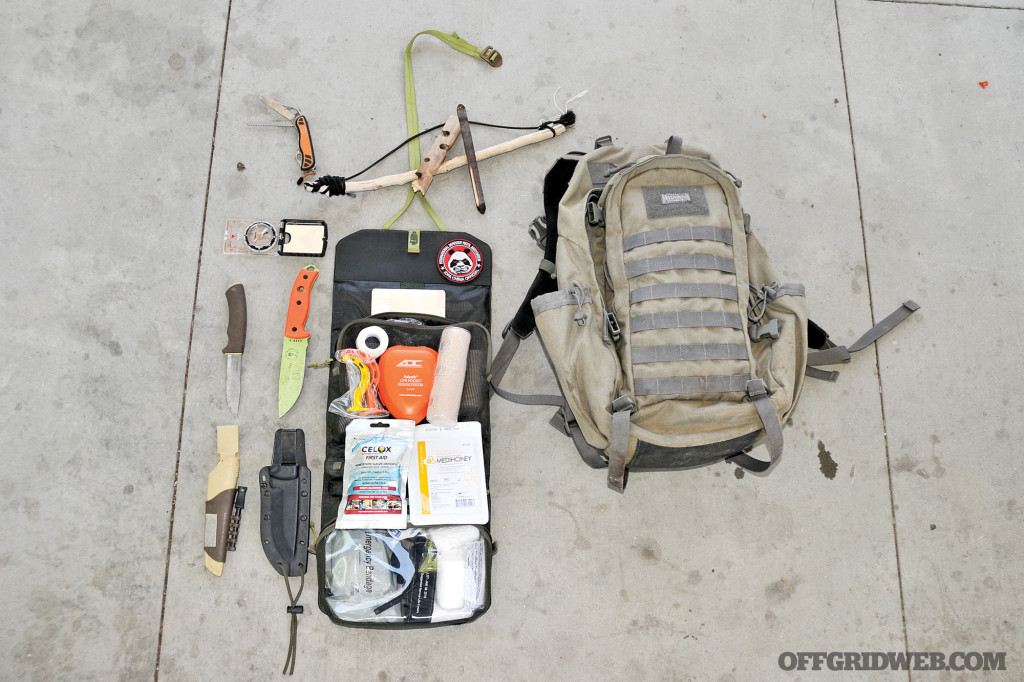
Favorite quote:
“No one cares; work harder”
Recommended Reading List:
- Meditations by Marcus Aurelius
- Freedom From the Known by Jiddu Krishnamurti
- Discourse on the Method by René Descartes
- Sciencia: Mathematics, Physics, Chemistry, Biology, and Astronomy for All by Matt Tweed, Matthew Watkins, Moff Betts, Burkard Polster
- The Histories by Herodotus
- Bhagavad Gita
- Commentarii de Bello Gallico by Julius Caesar
Childhood influences:
Indiana Jones, Mr. Wizard, Karate Kid
If you could have dinner with three people, living, dead, or fictitious, who would they be?:
Giordano Bruno, Salvador Dali, Alexander The Great
Favorite movie:
The first three Indiana Jones movies are tied
Certifications:
Firefighter 1 Academy Graduate, EMT, Swiftwater Rescue Technician, High Angle Ropes Rescue, Search & Rescue Technician, Fire Crew Squad Leader, Confined Space Rescue, HAZMAT Operations w/DECON, Air Base Radio Operator, Takeoff & Landing Coordinator (helicopter air base), helicopter hoist rescue, helicopter rappeller, wilderness first-aid instructor certifier (a qualification to certify individuals as instructors), BLS/CPR instructor certifier.
URL:
www.californiasurvivaltraining.com
More From Issue 27
Don’t miss essential survival insights—sign up for Recoil Offgrid’s free newsletter today!
Read articles from the next issue of Recoil Offgrid: Issue 28
Read articles from the previous issue of Recoil Offgrid: Issue 26
Check out our other publications on the web: Recoil | Gun Digest | Blade | RecoilTV | RECOILtv (YouTube)
Editor’s Note: This article has been modified from its original version for the web.
